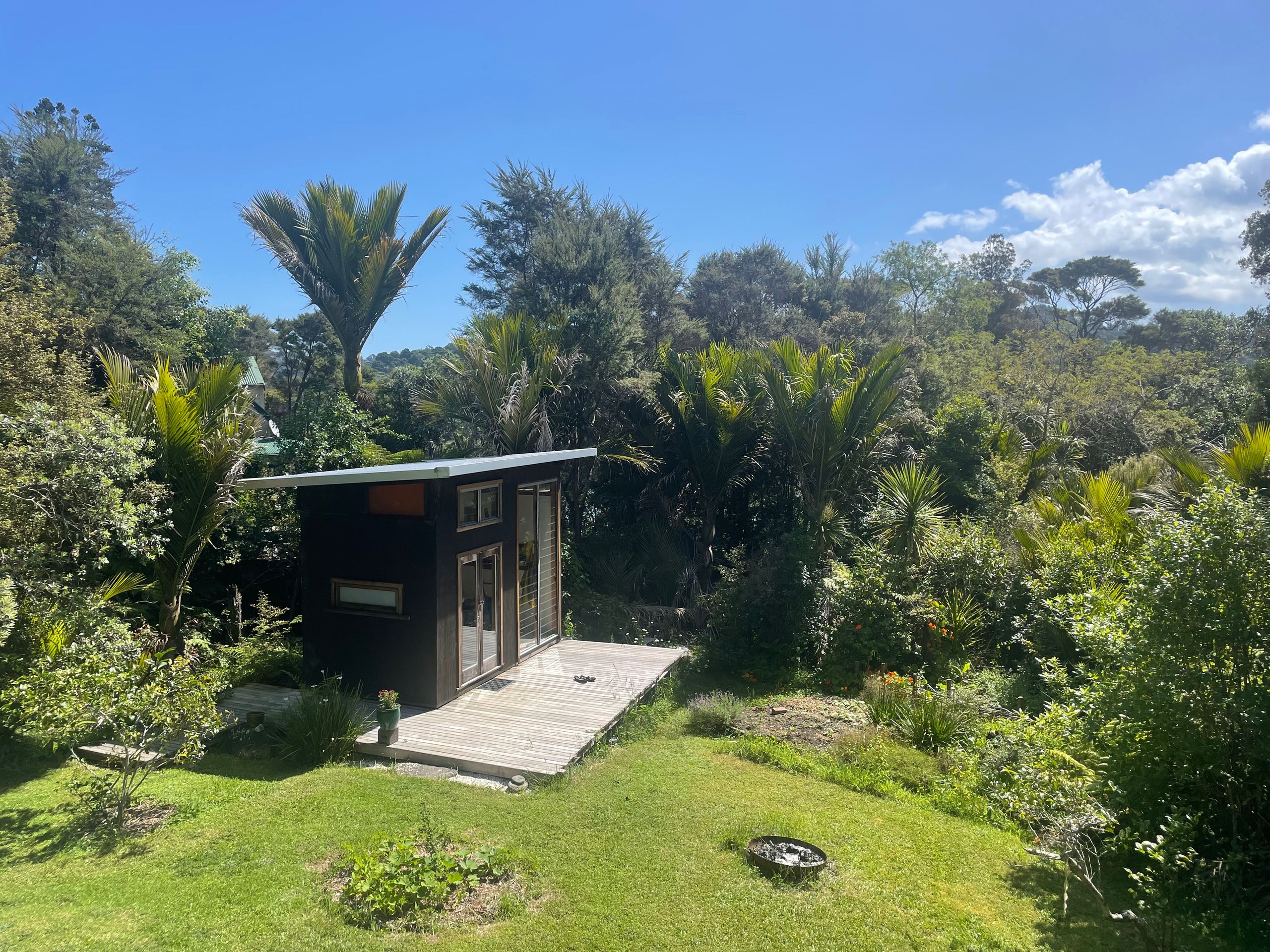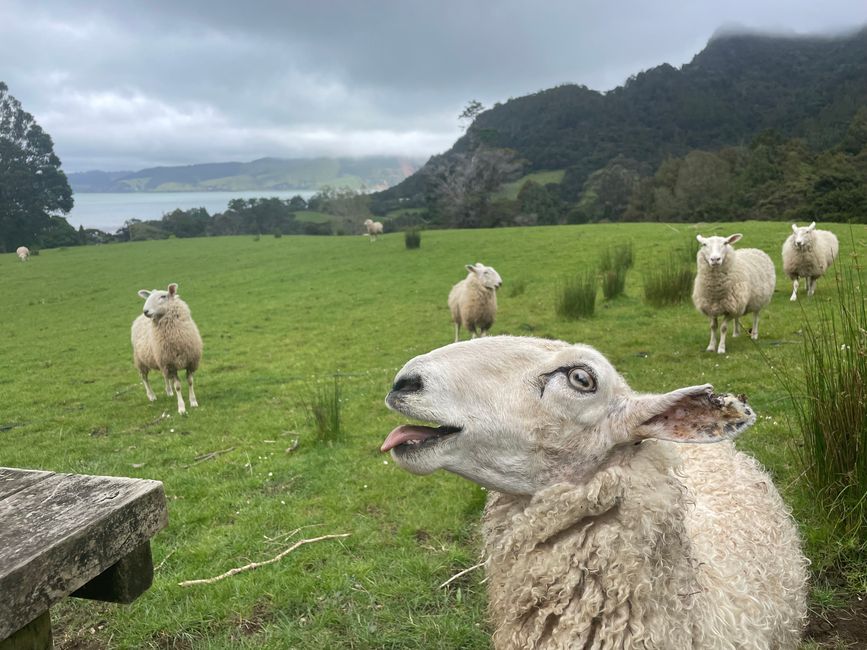Fascination Vanuatu
प्रकाशित: 12.02.2023
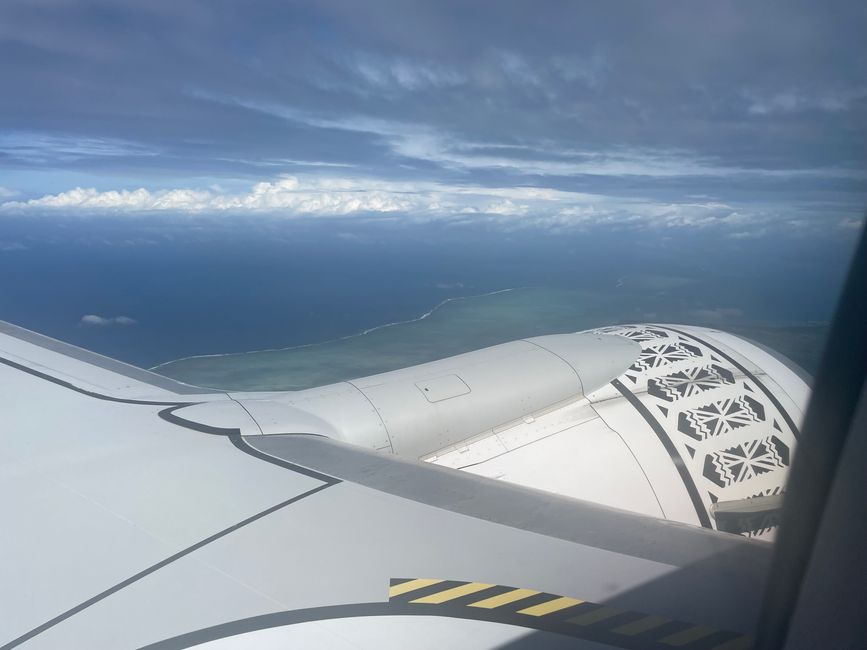
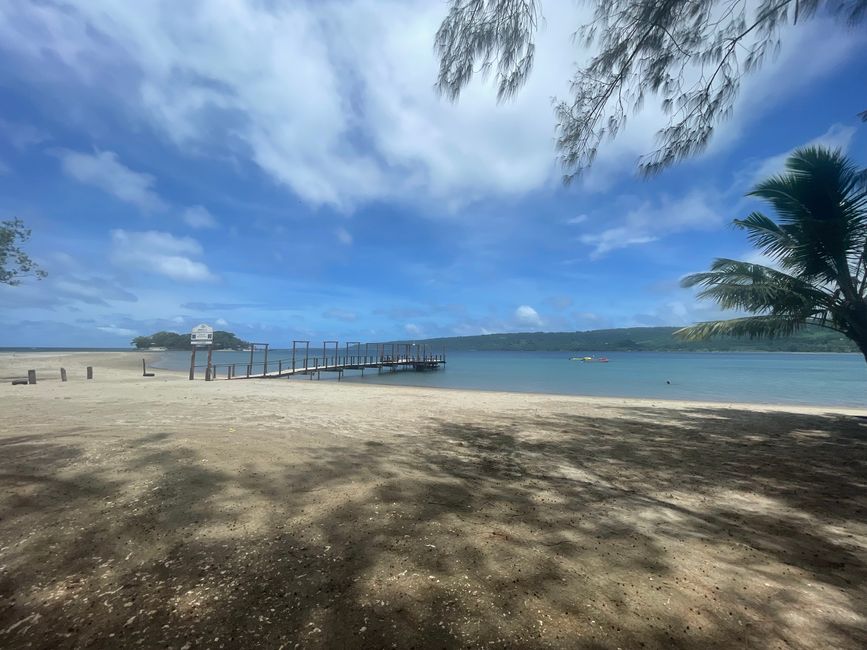
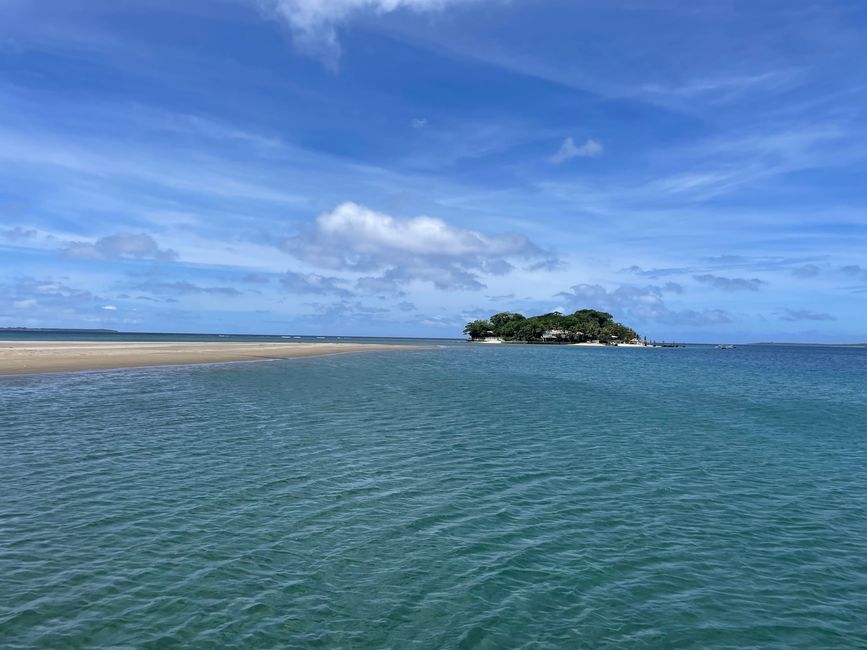
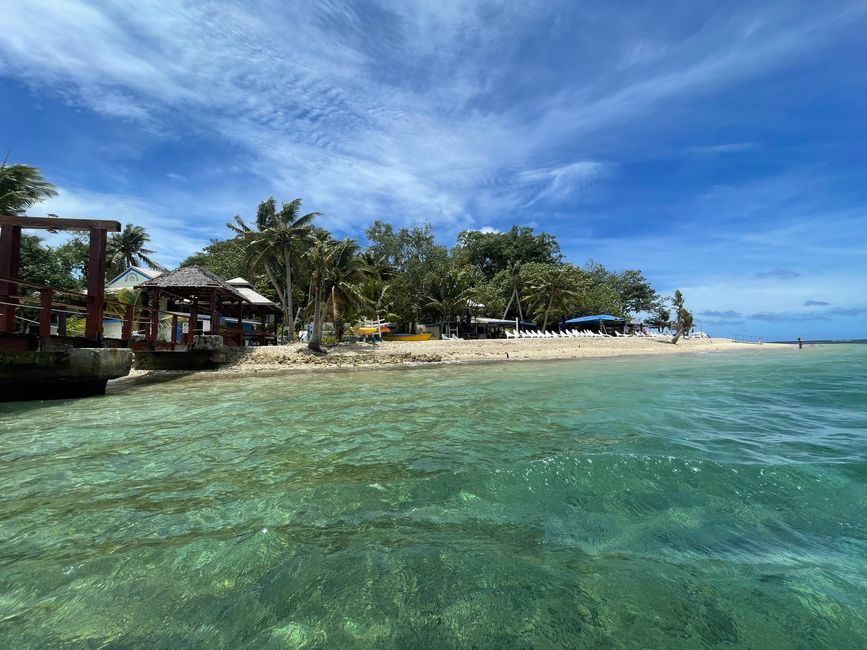
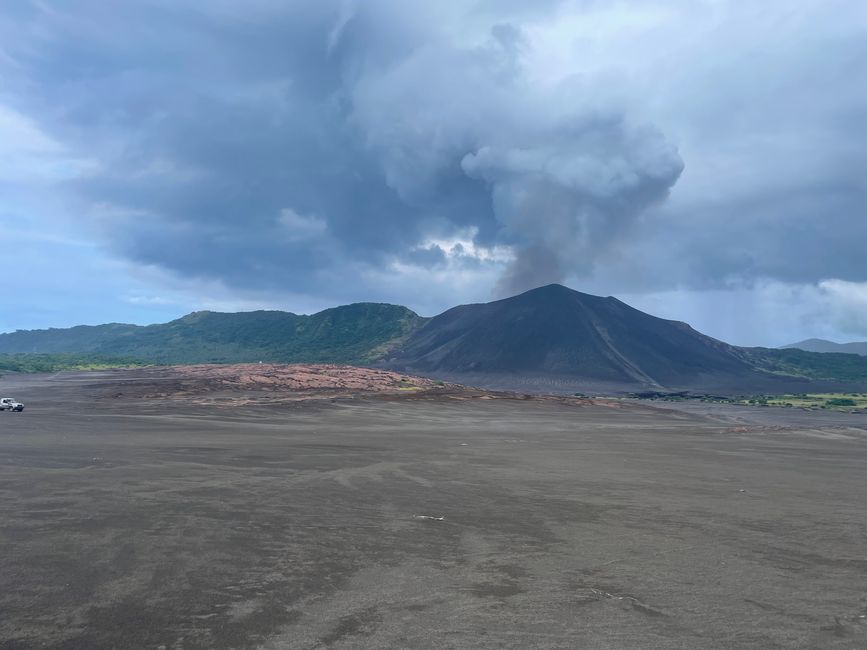
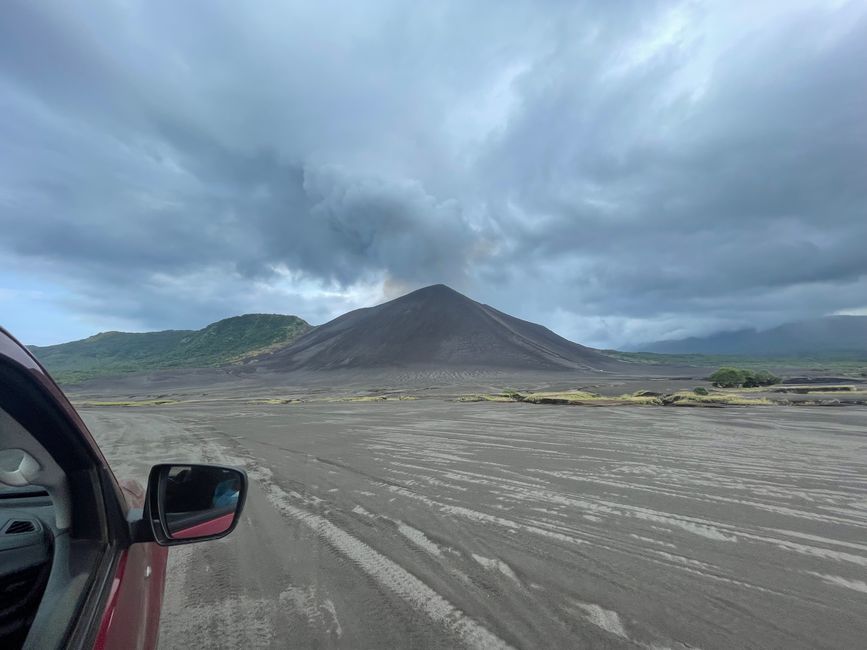
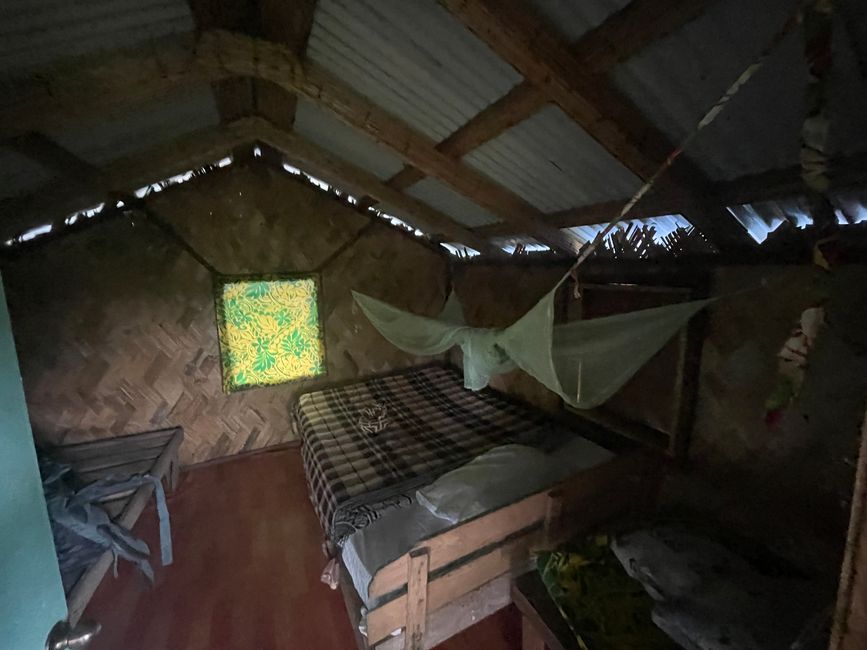
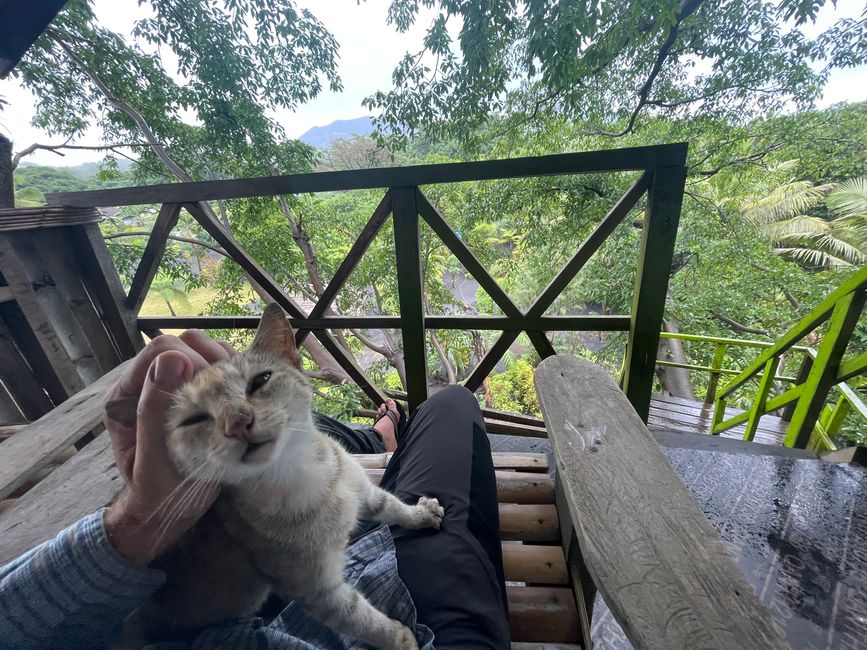
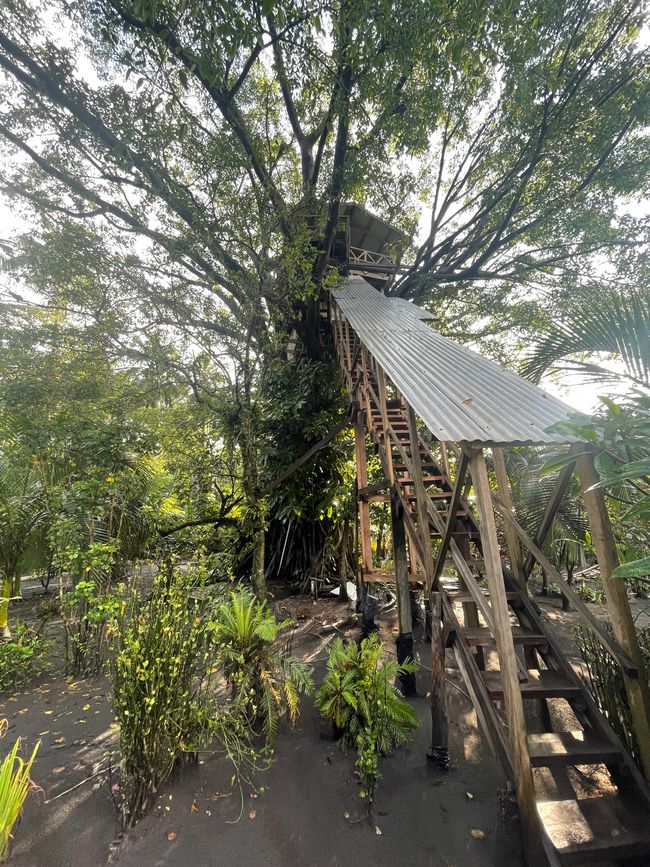
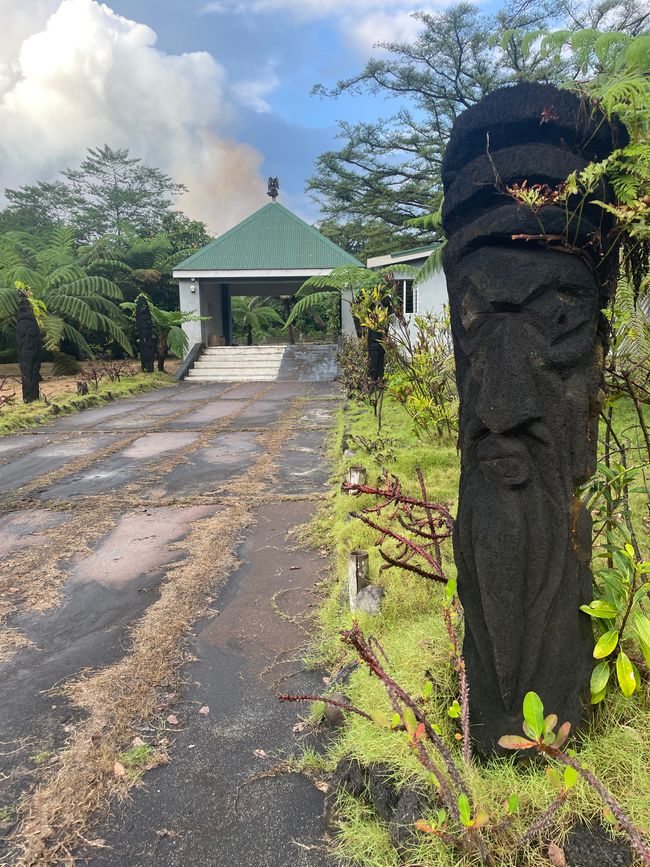
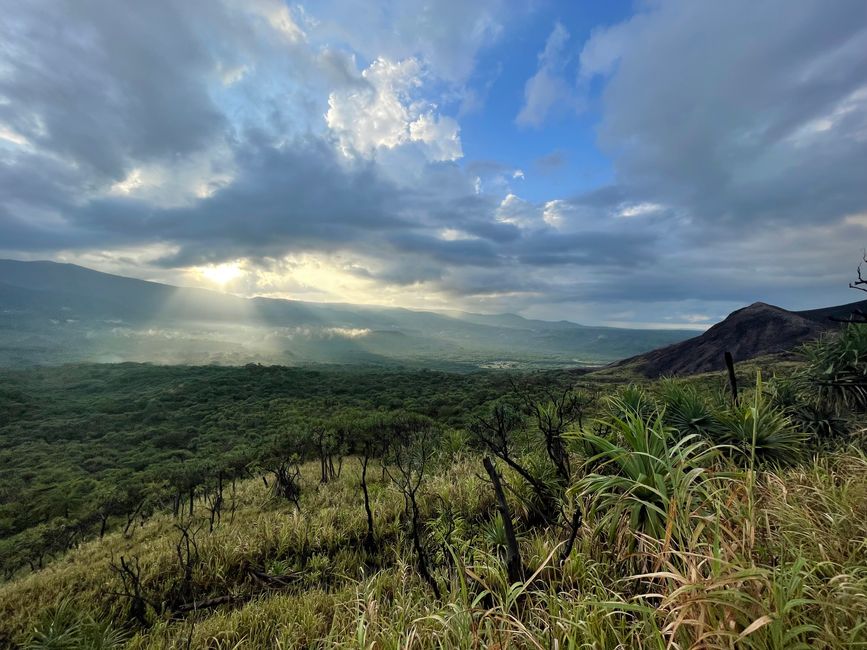
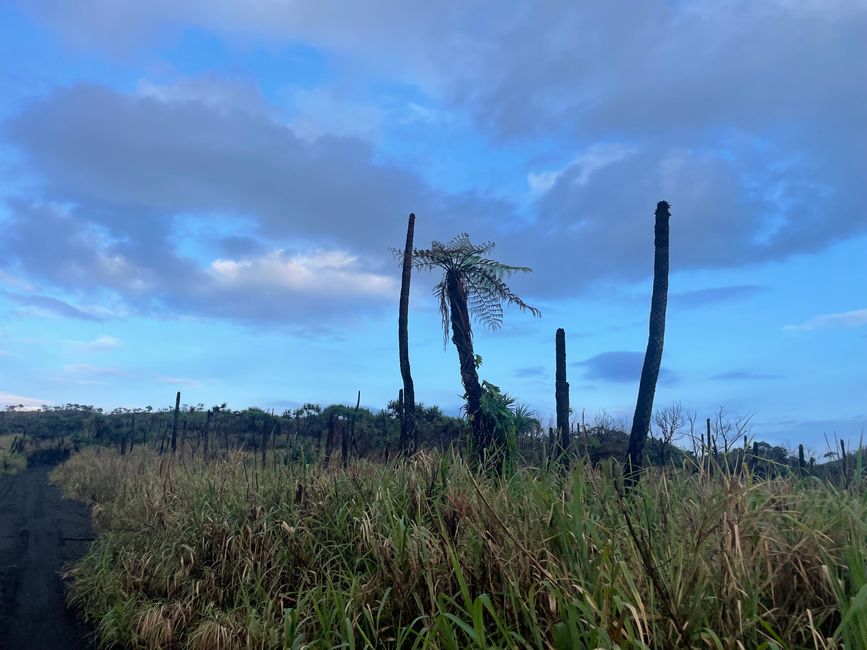
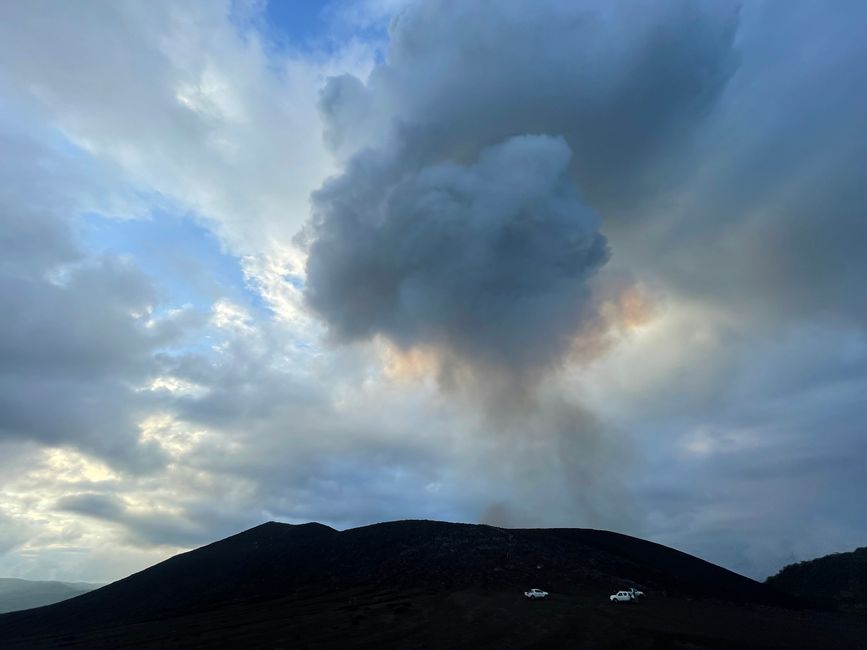
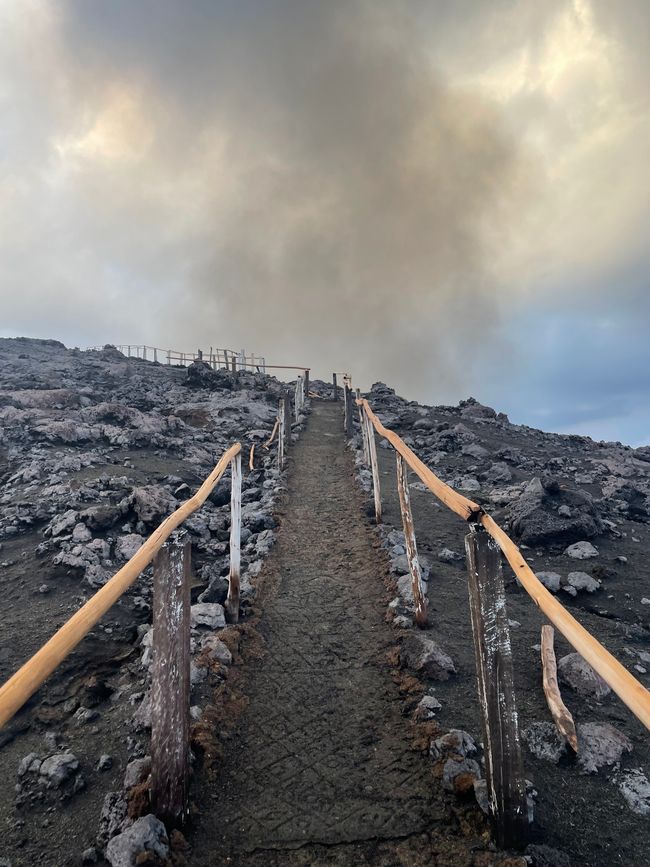
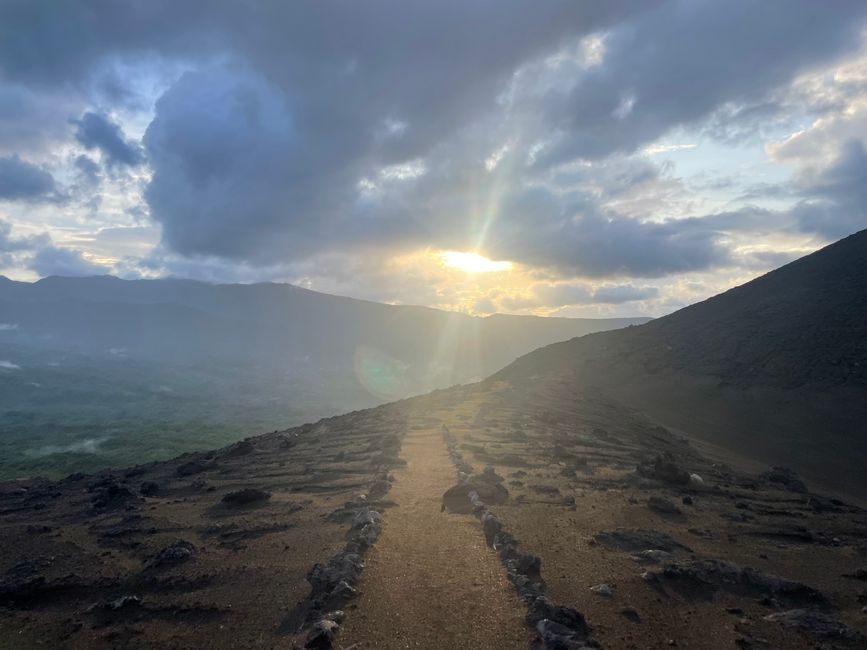
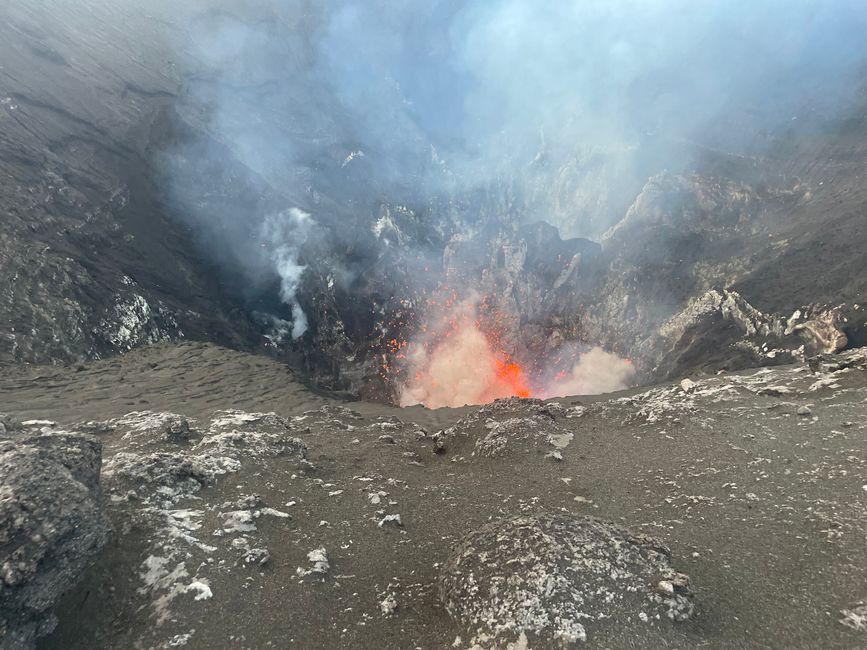
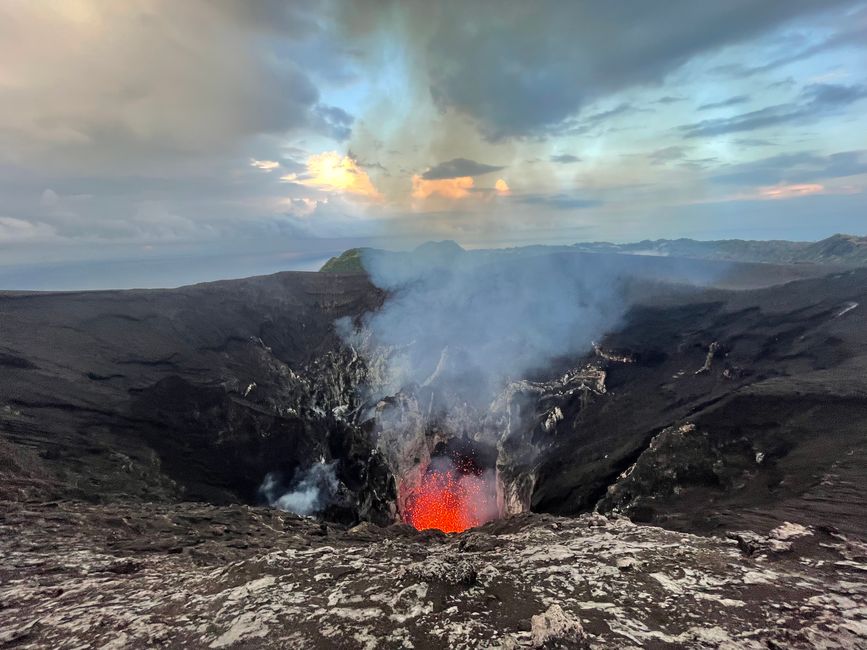
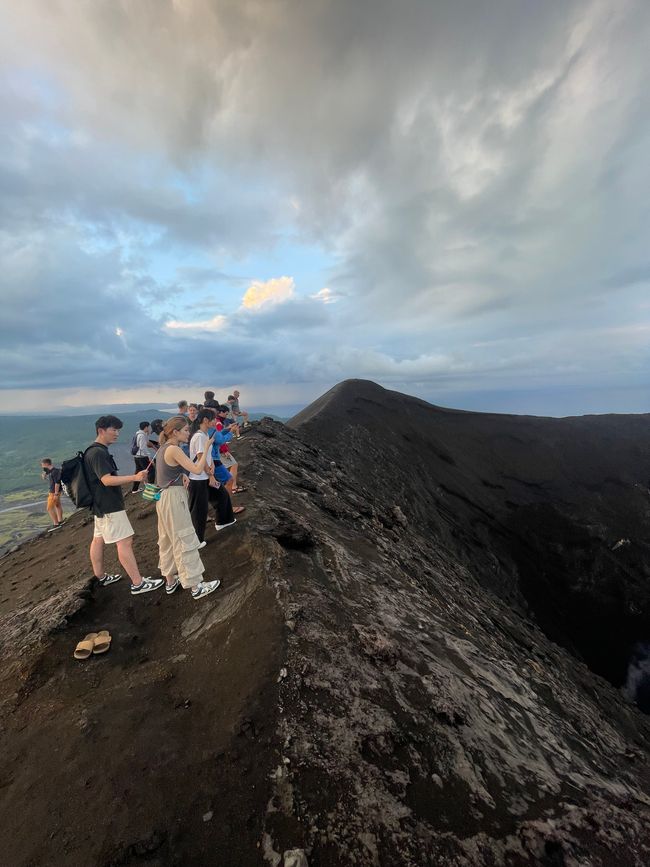
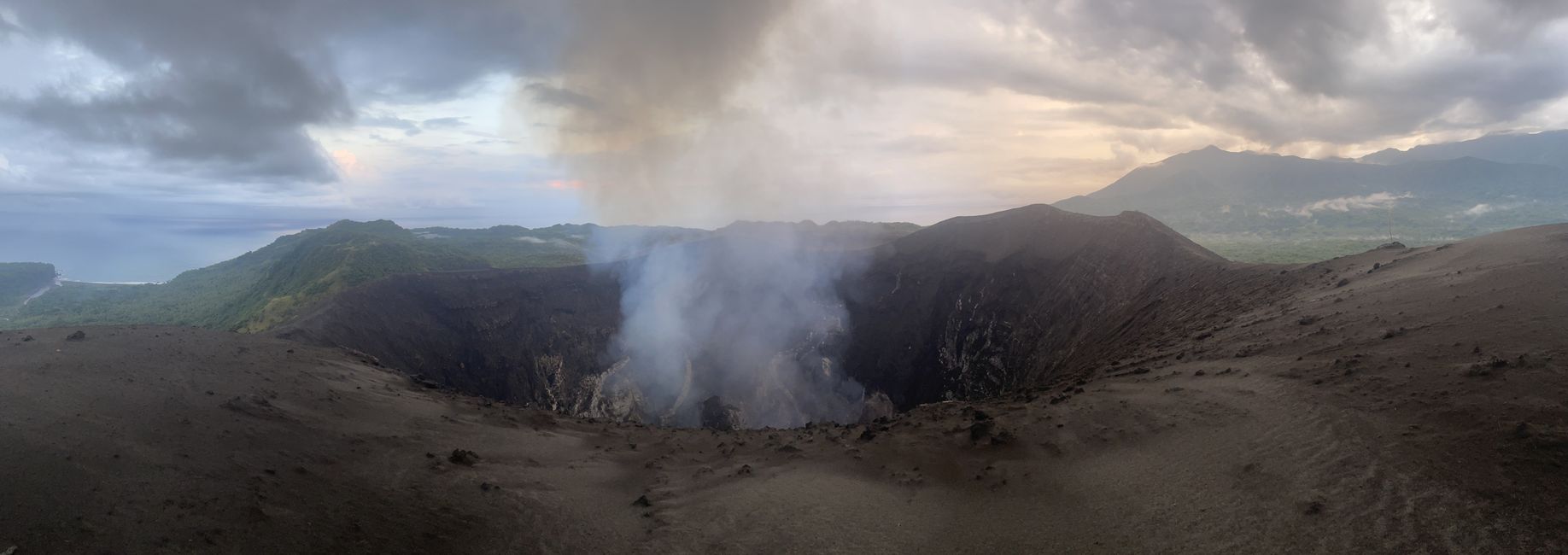
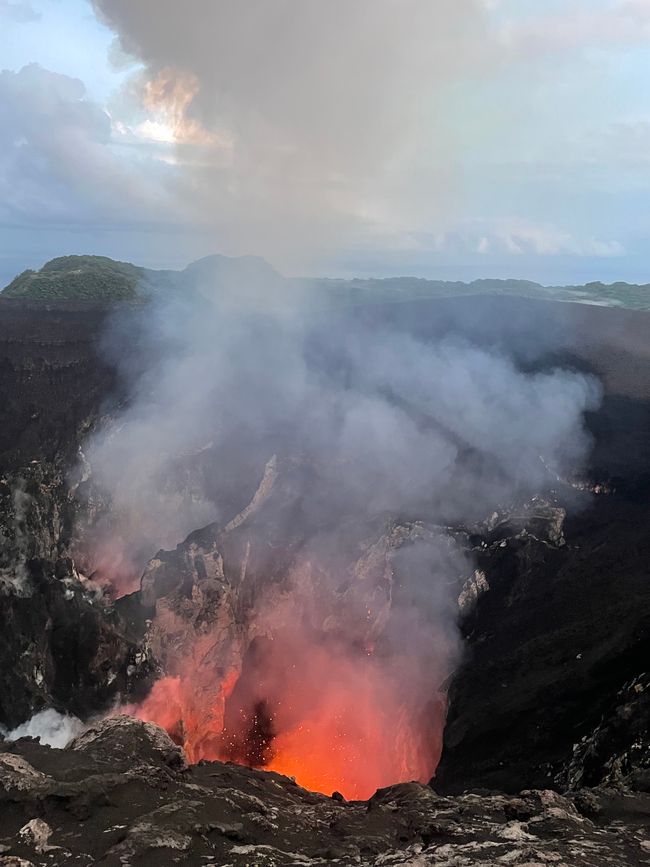
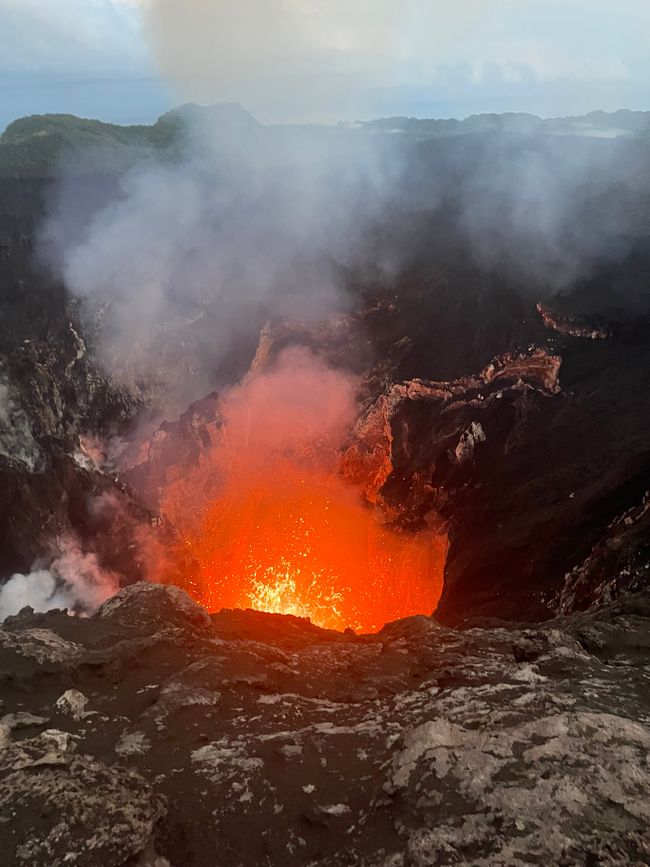
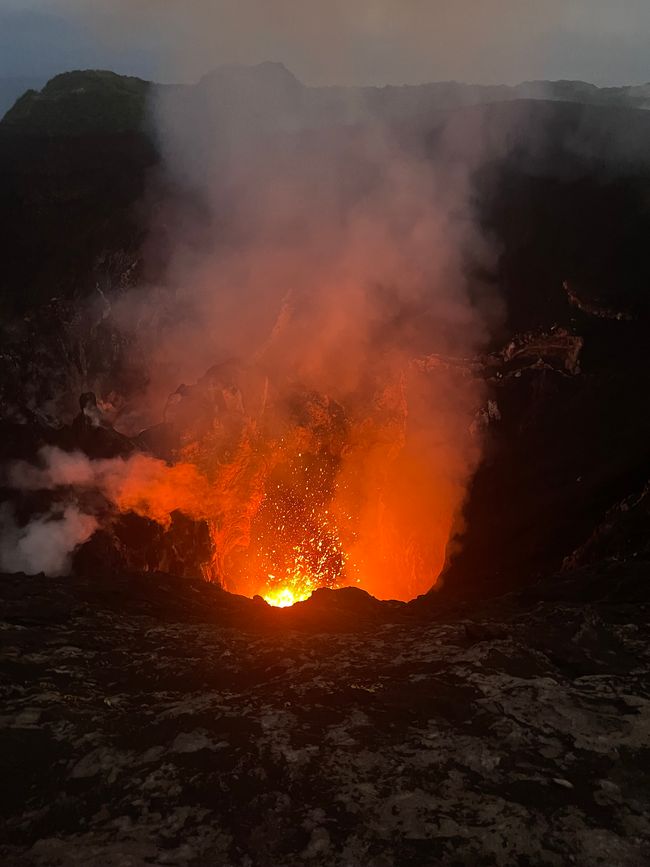
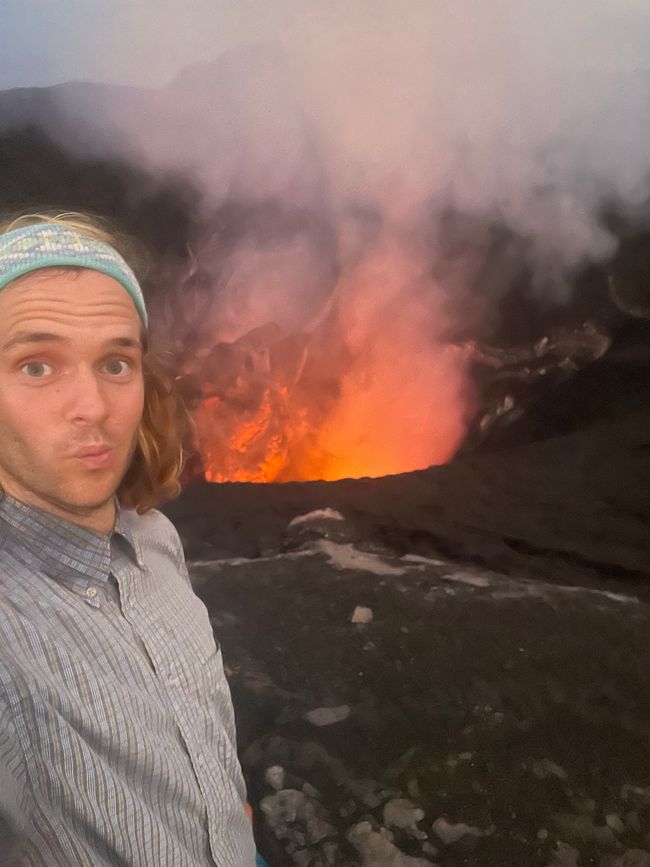
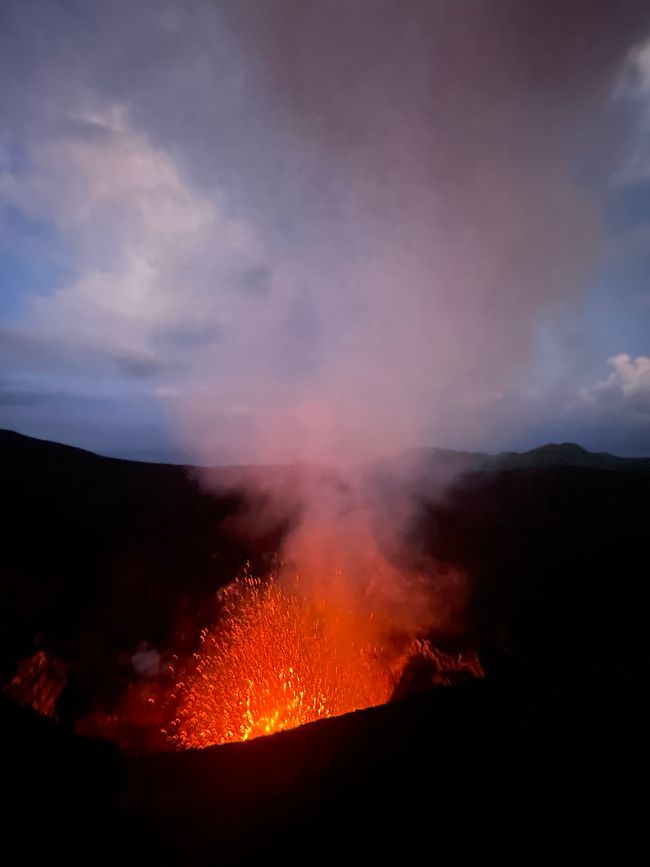
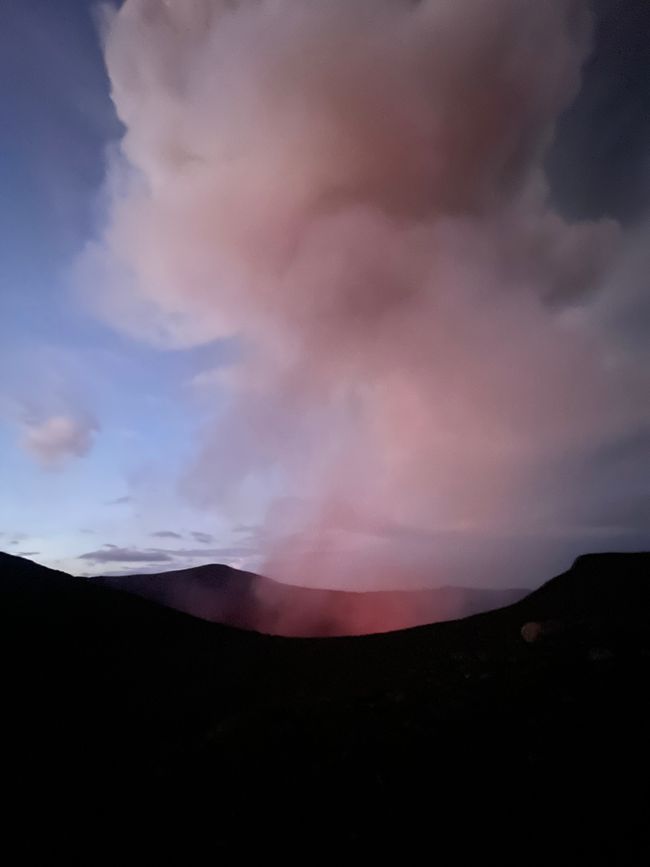
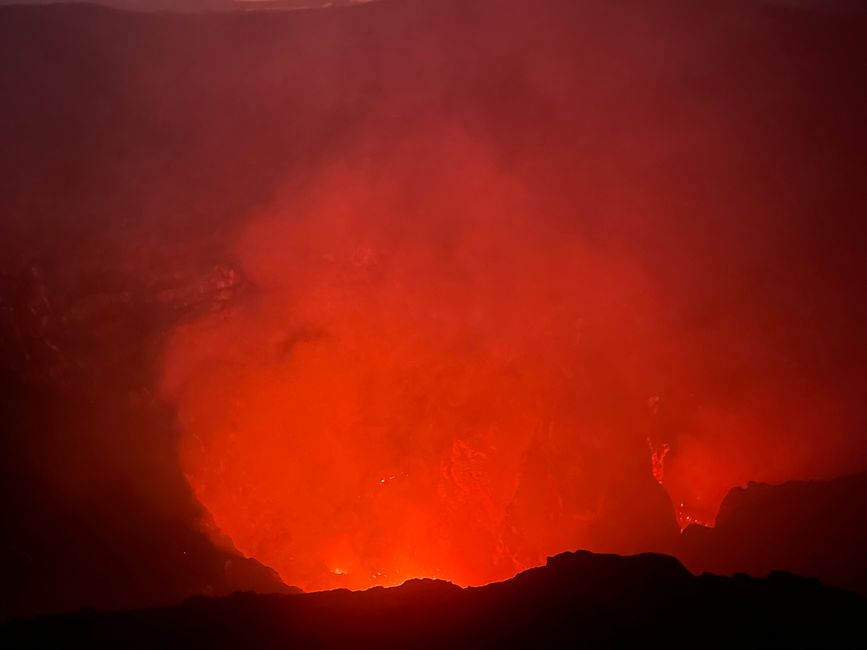
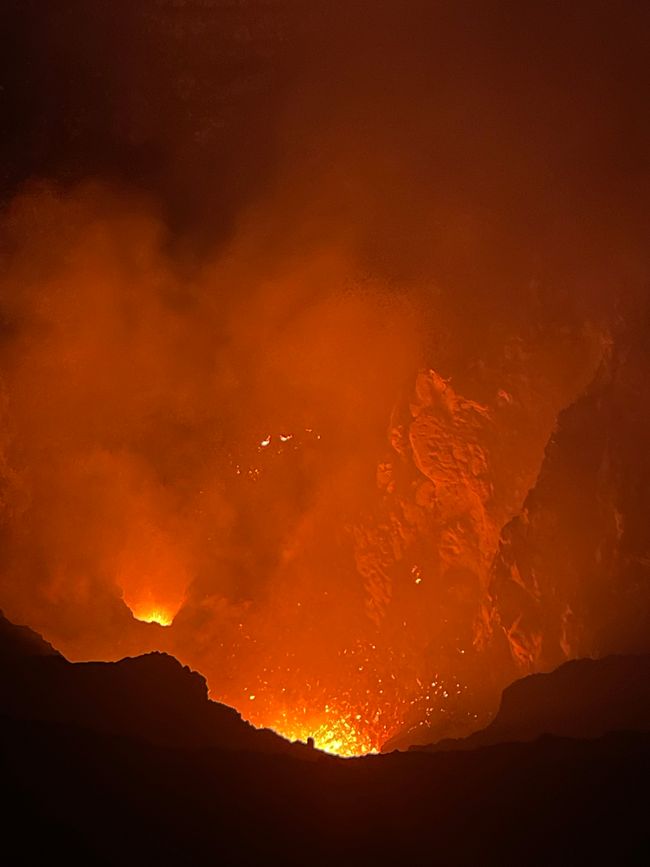
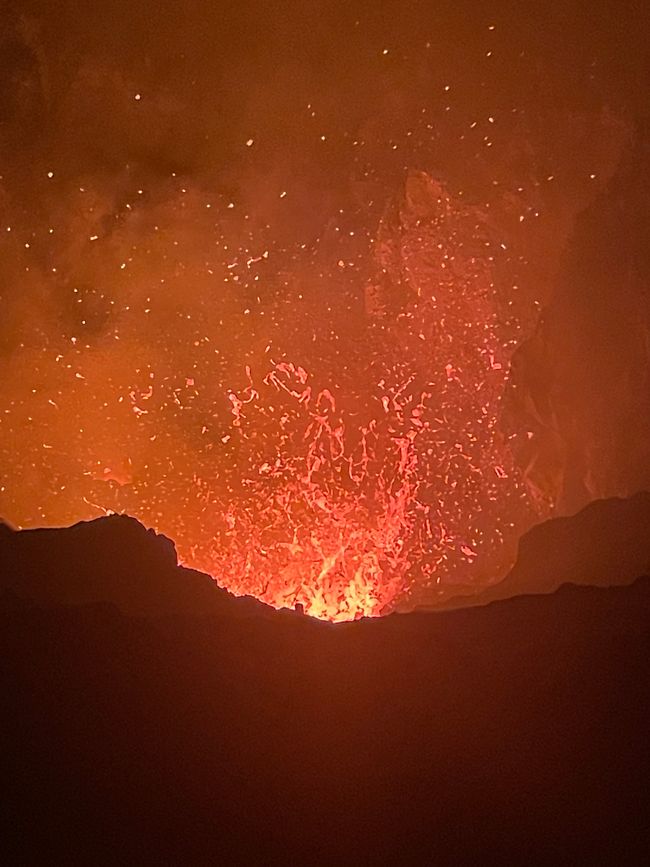
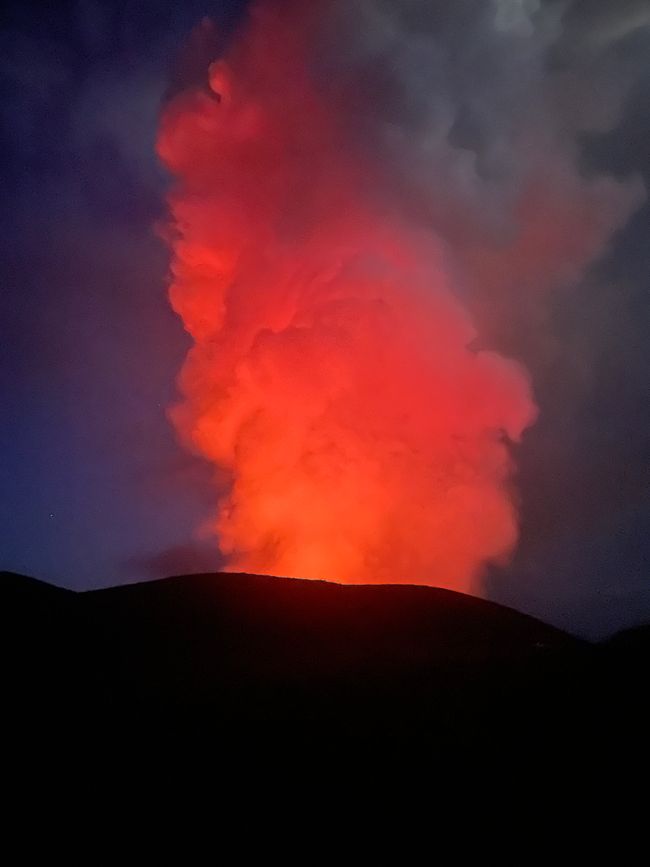
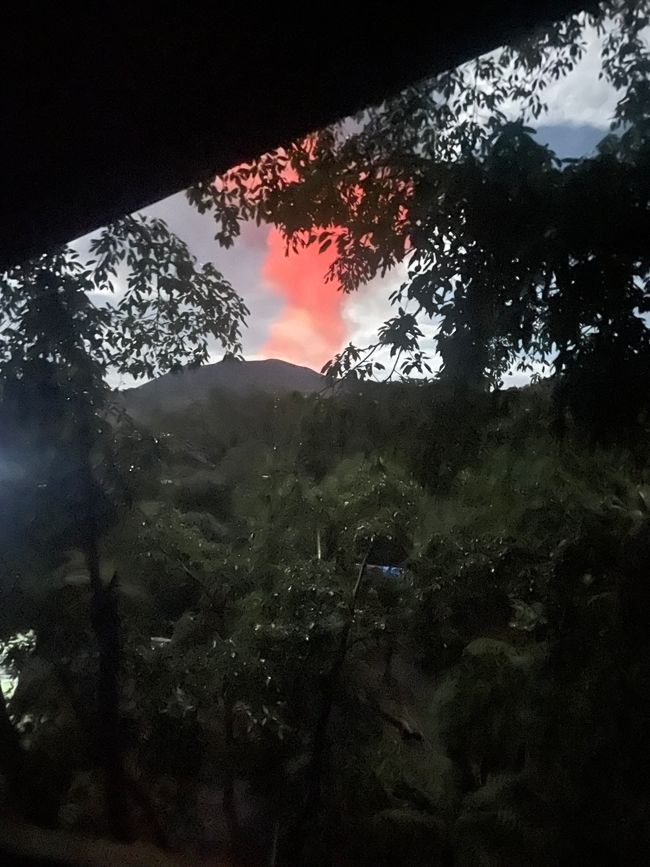
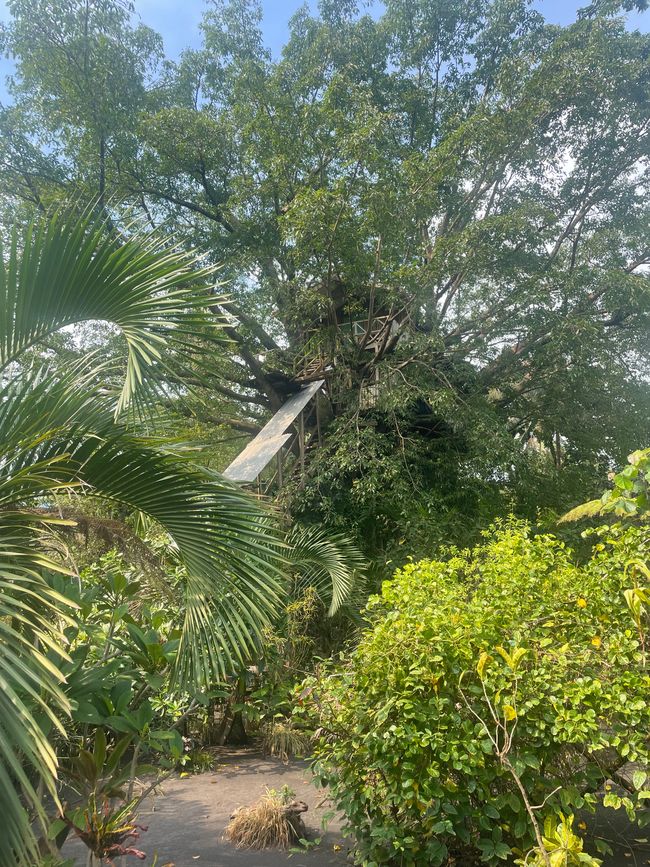
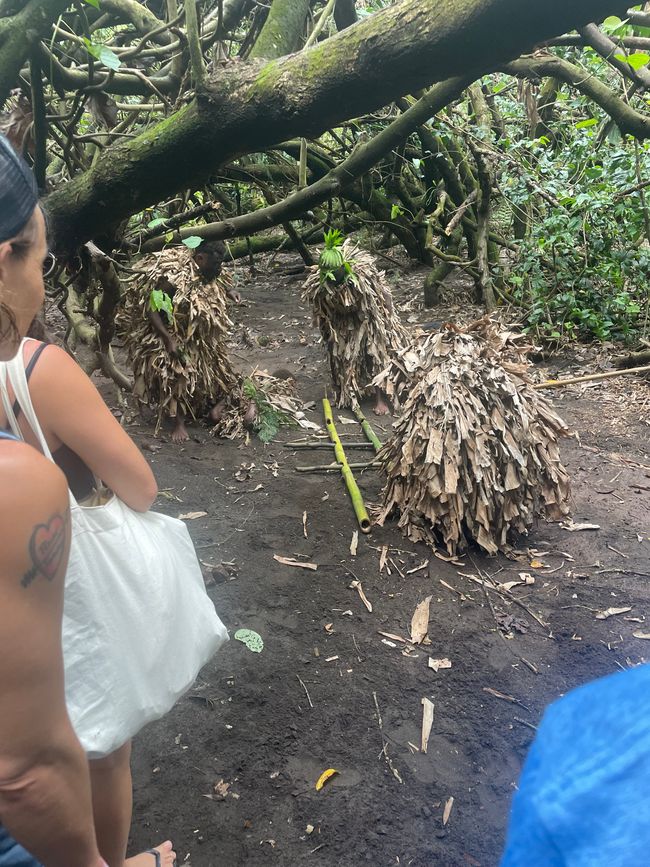
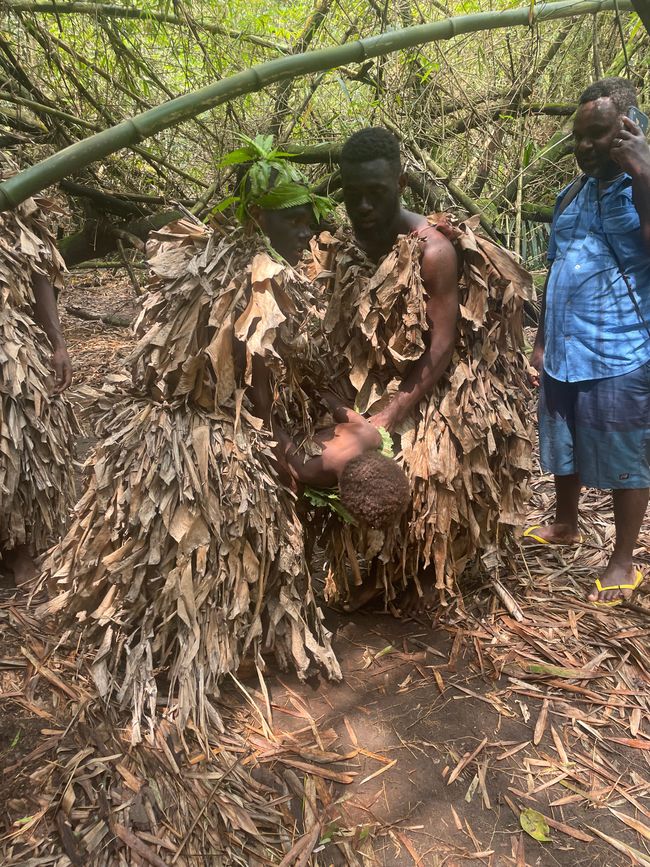
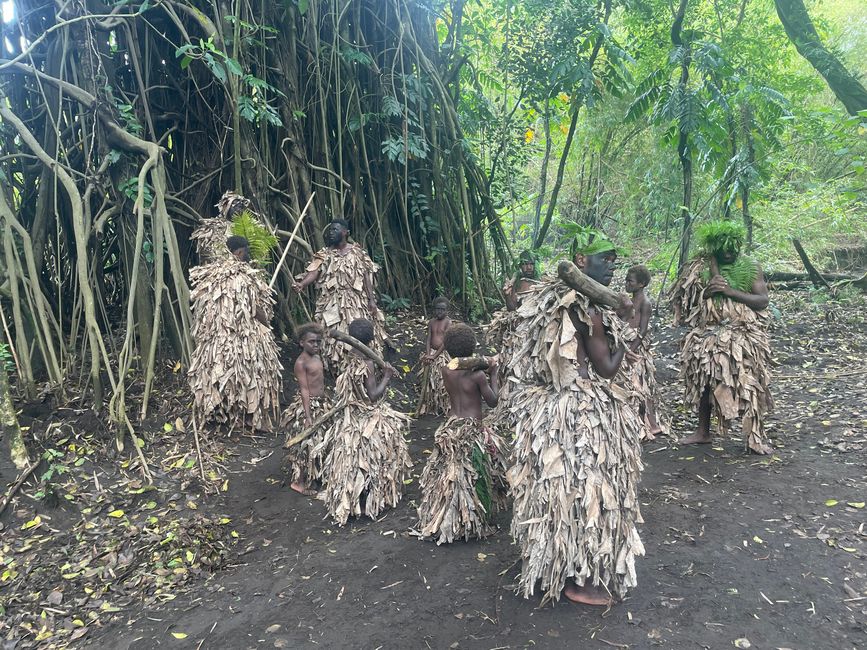
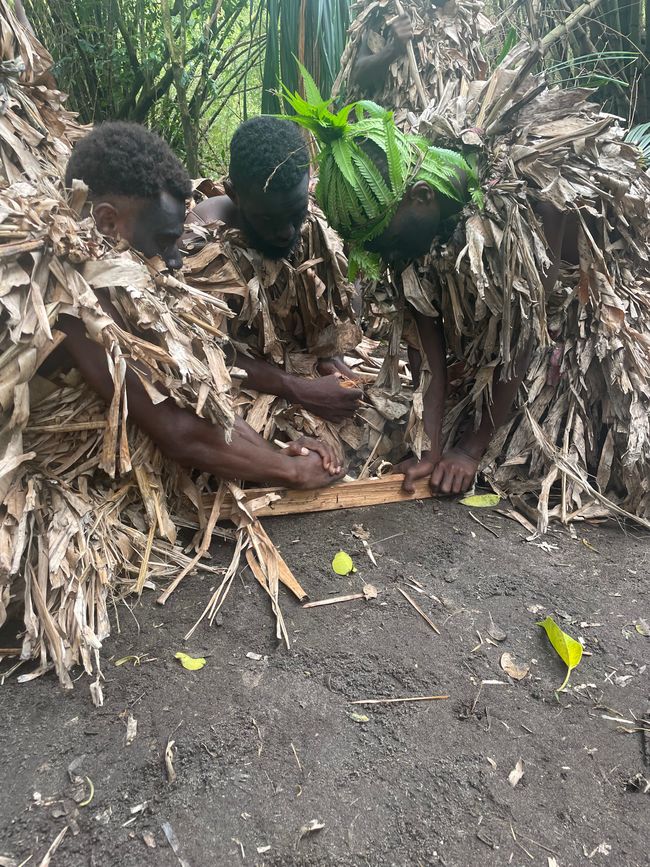
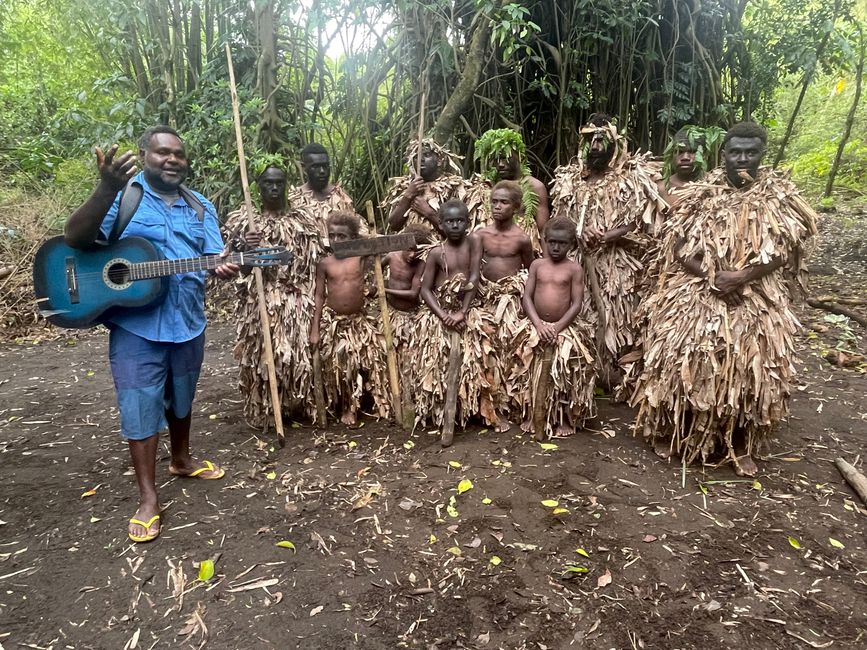
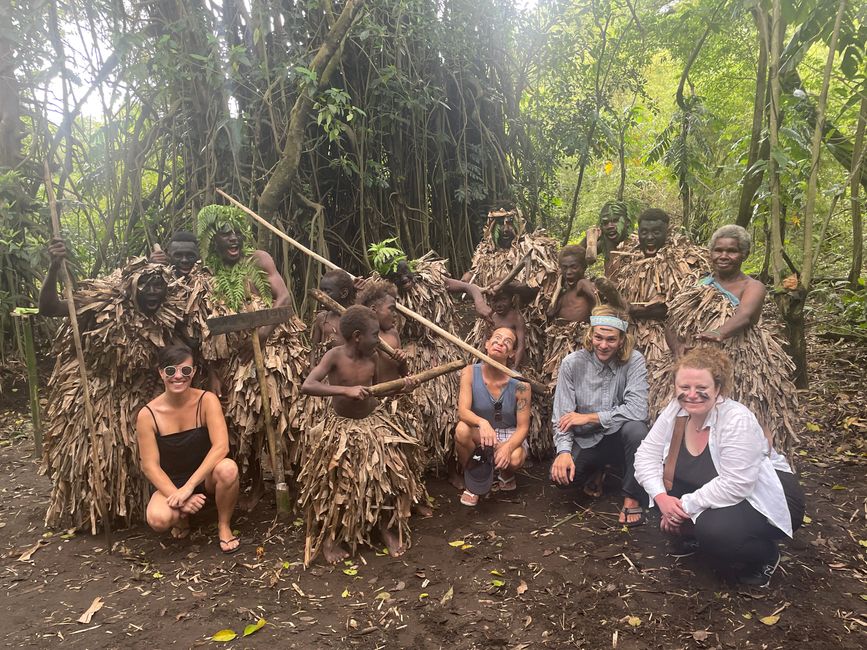
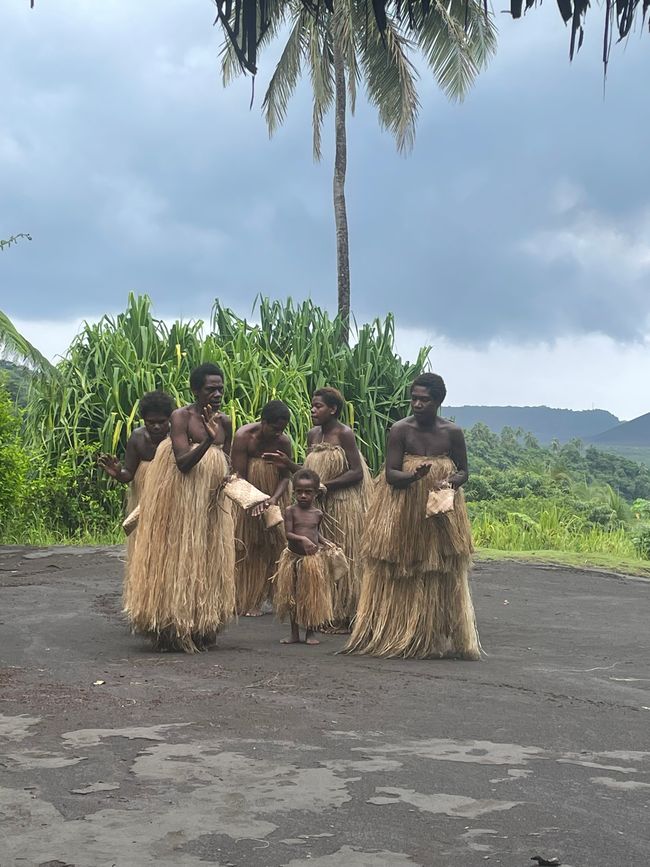
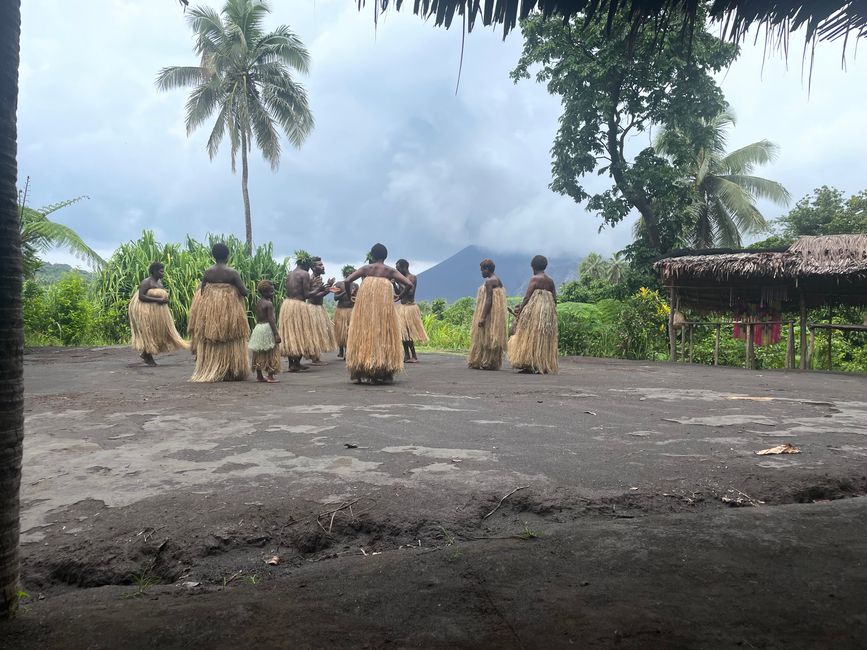
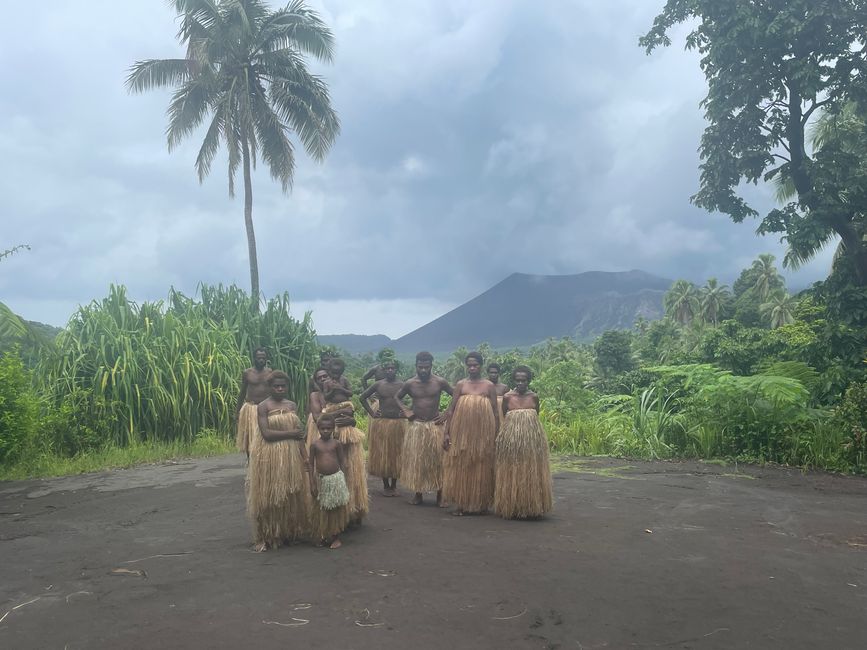
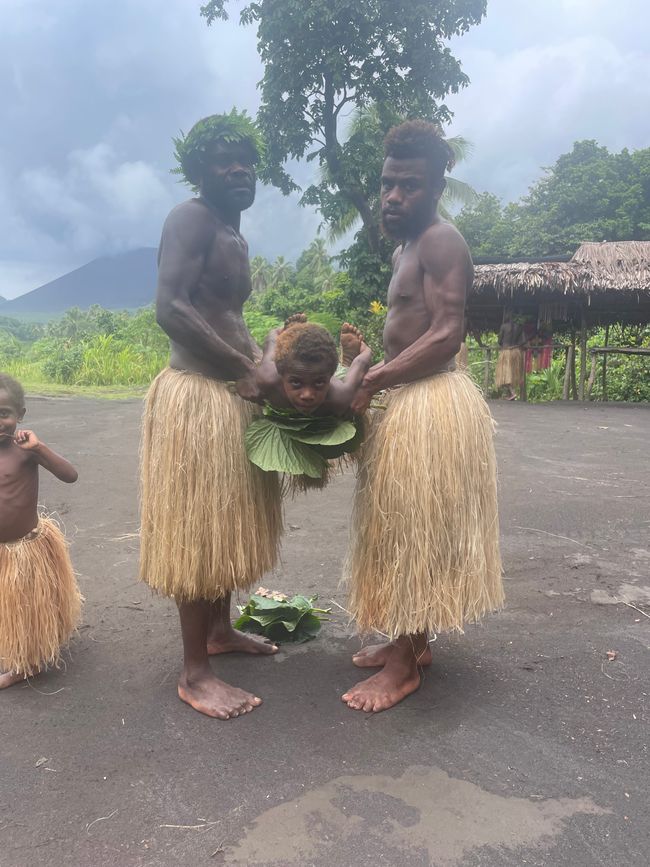
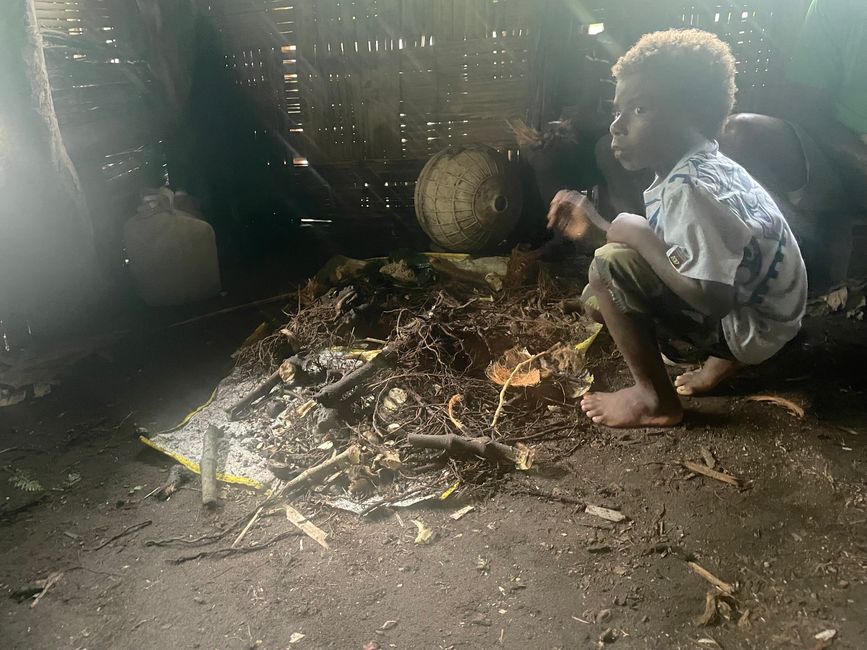
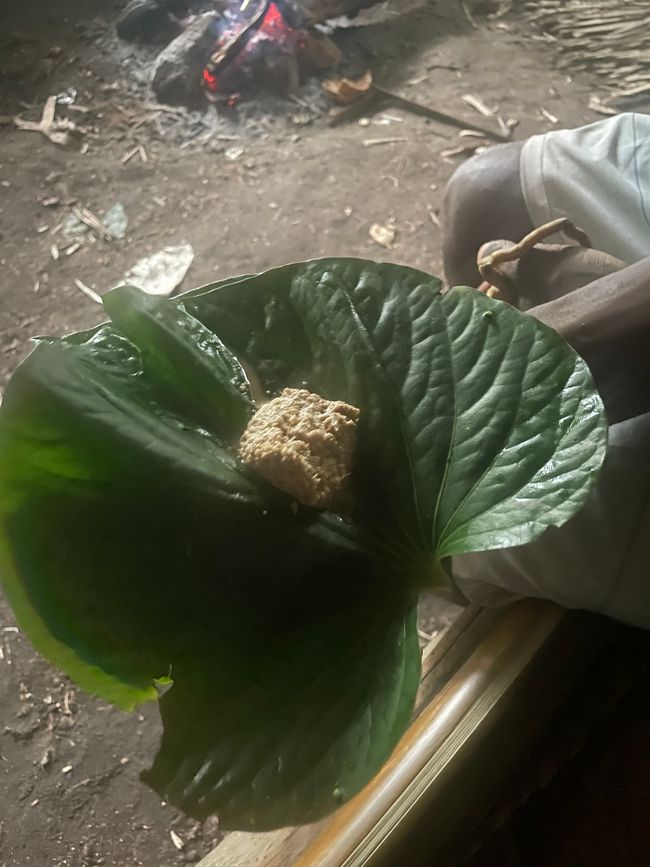
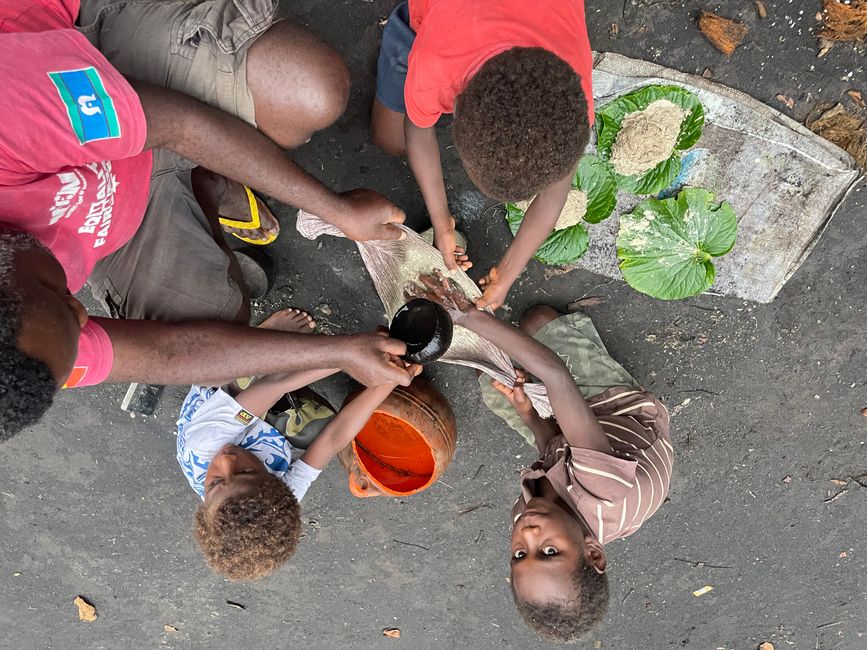
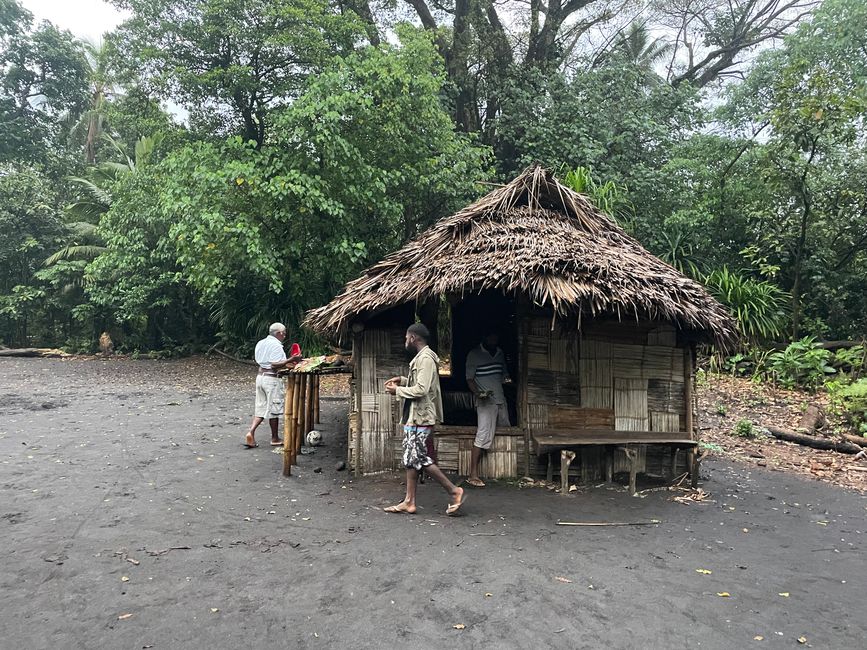
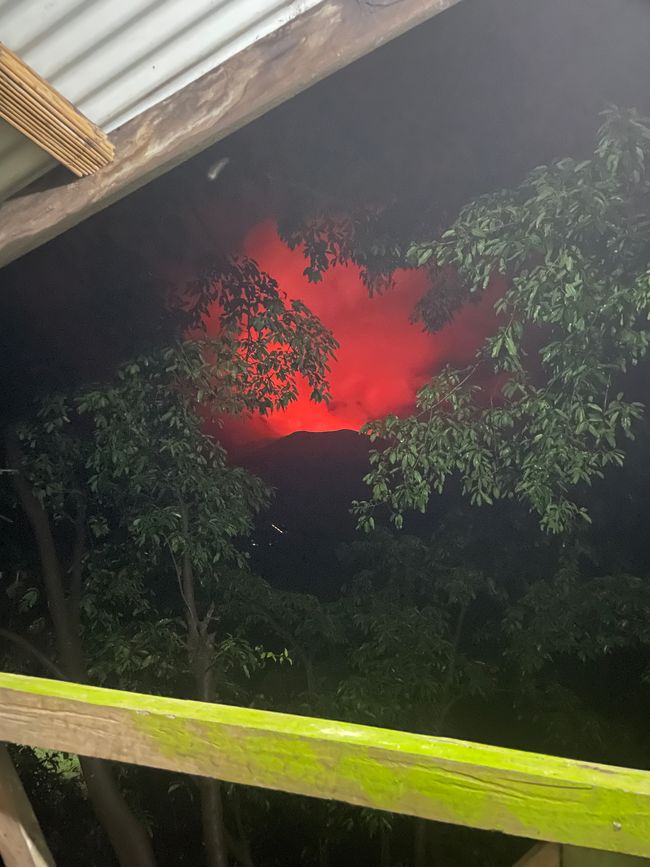
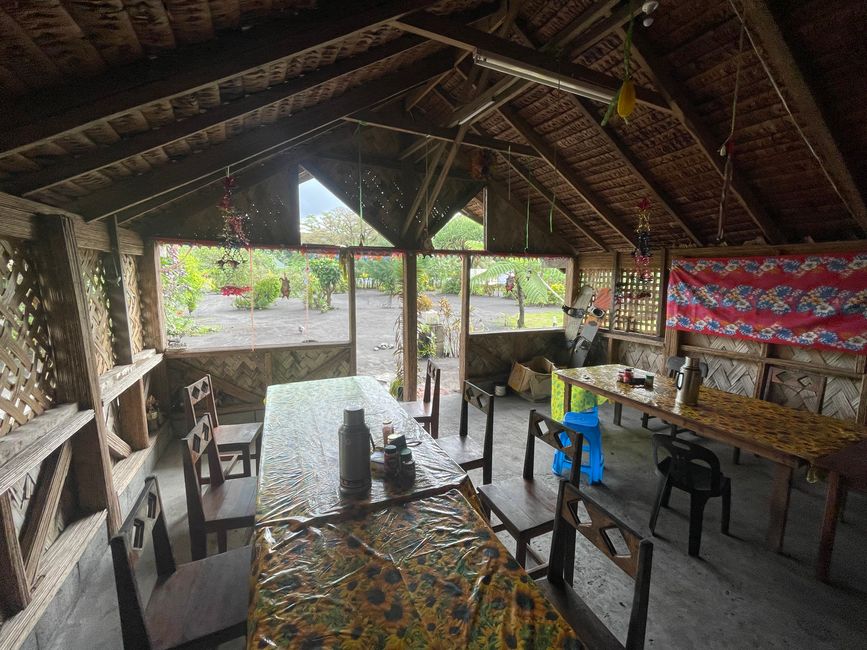
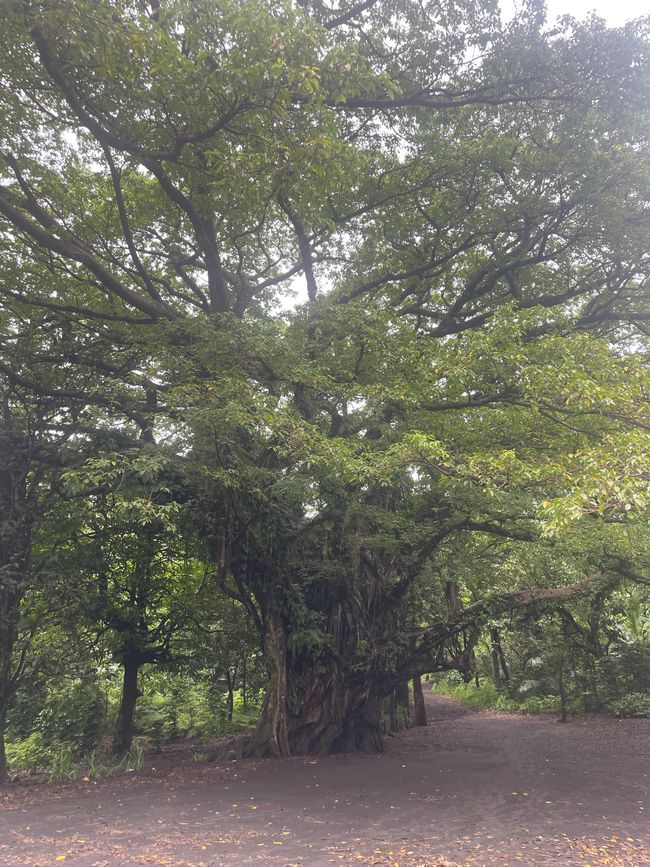
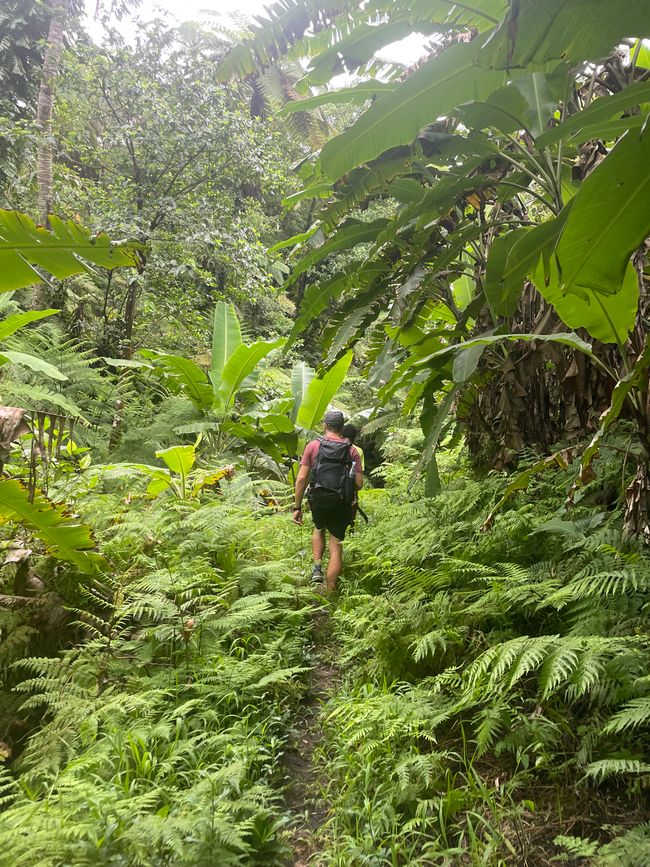
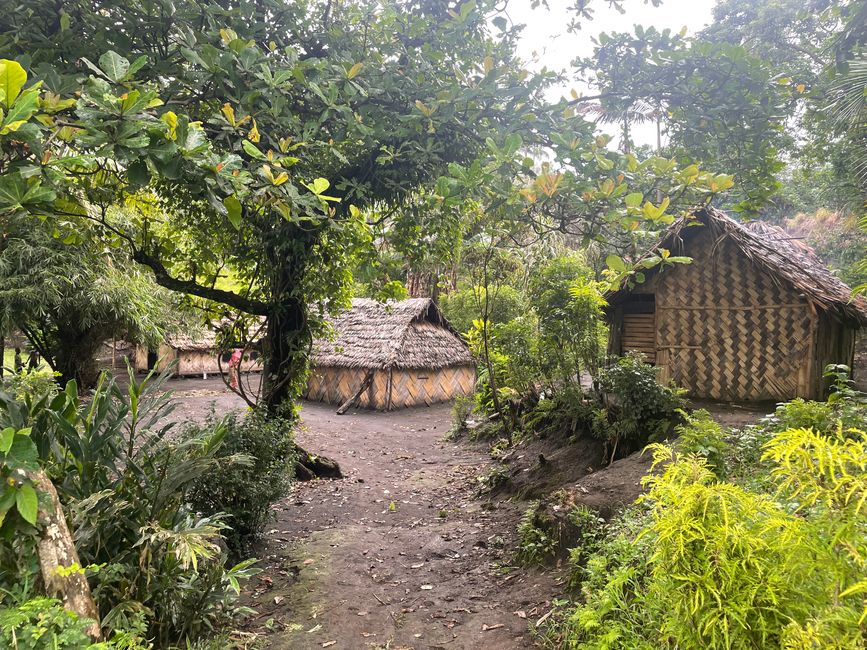
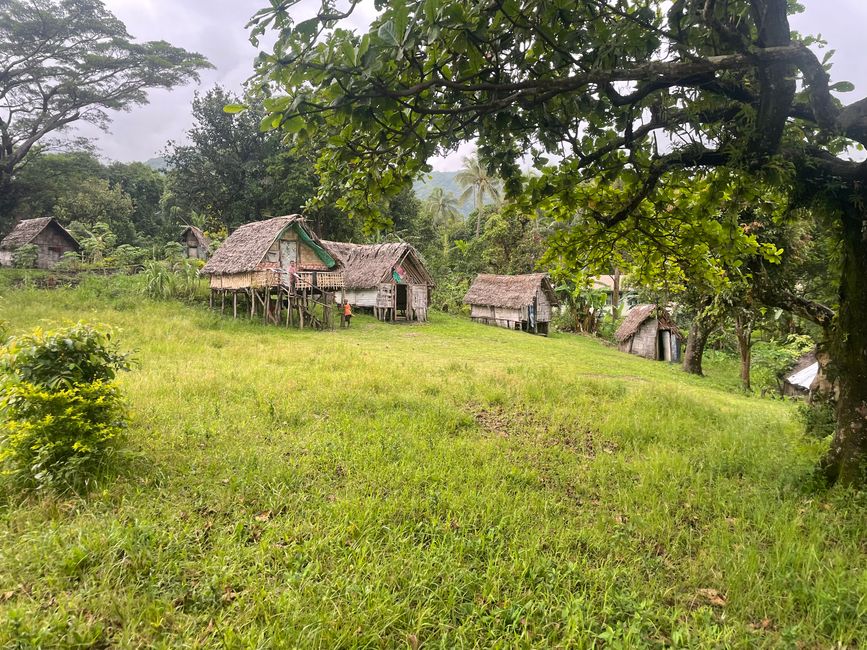
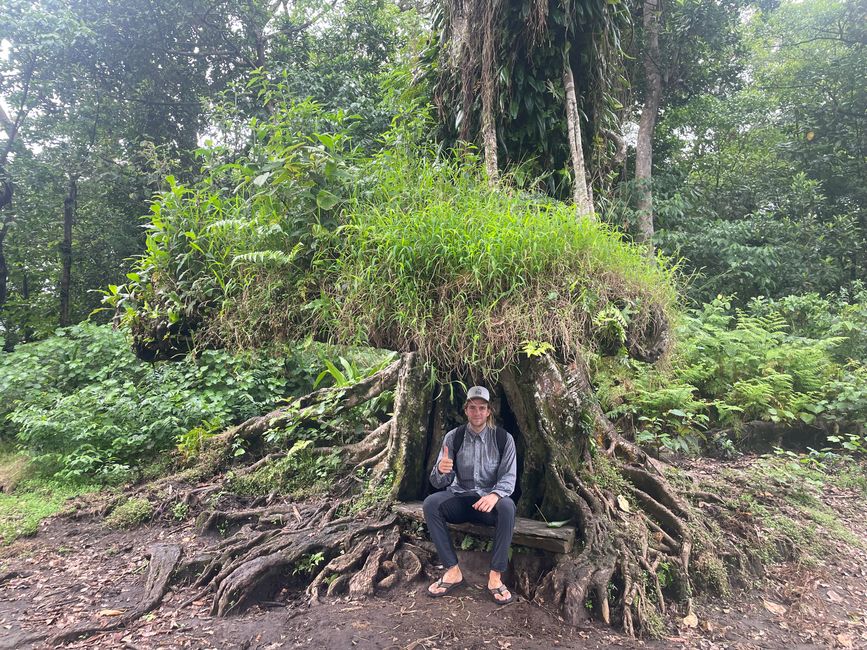
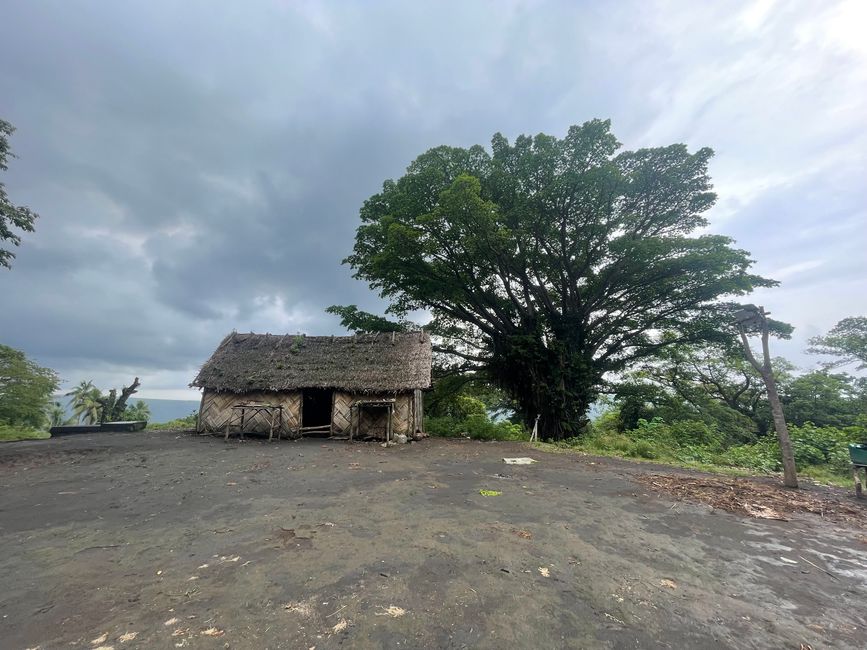
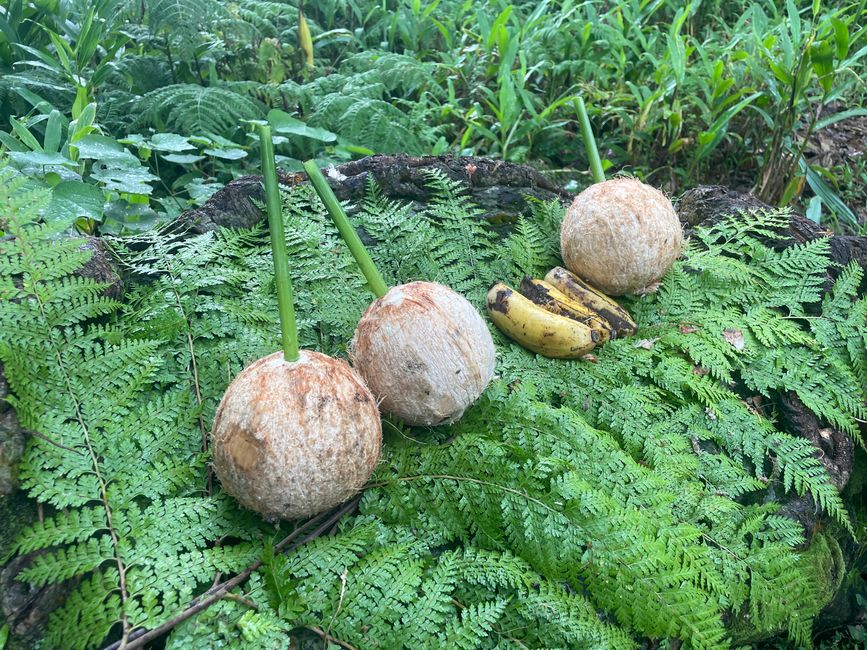
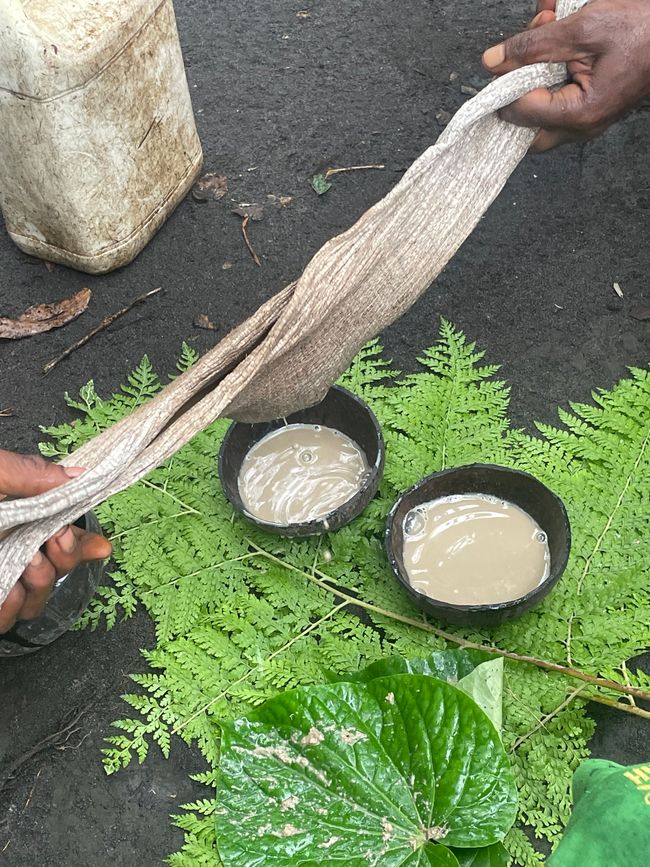
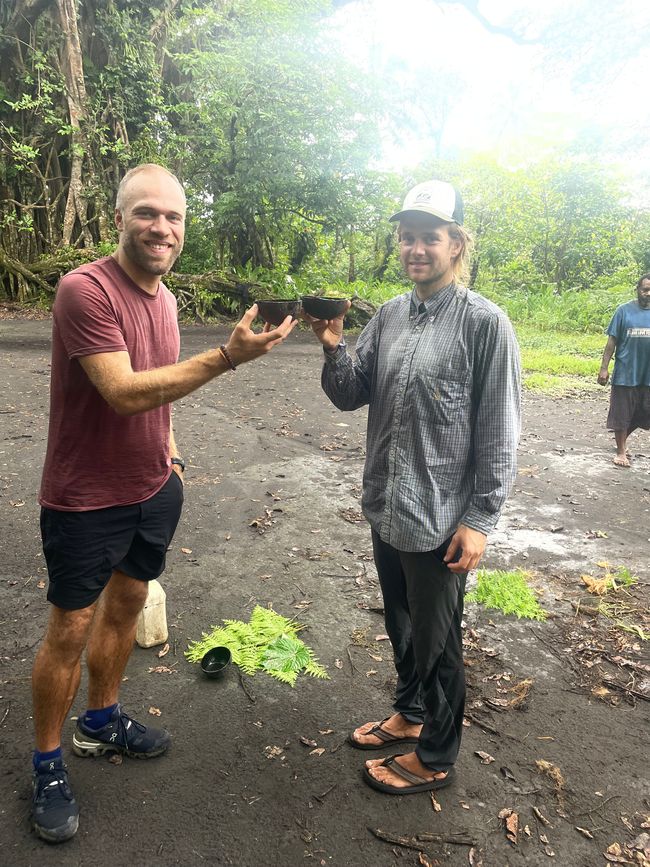
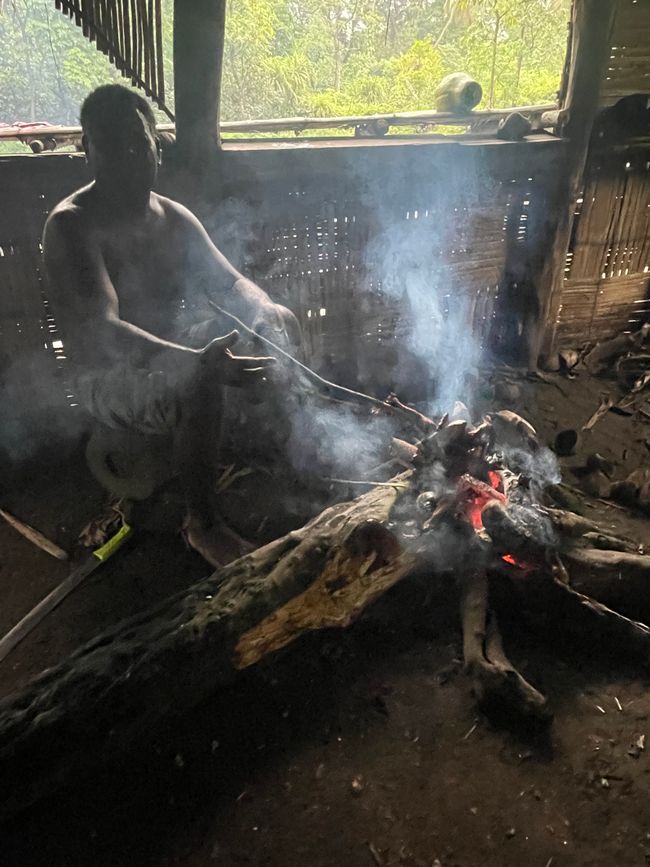
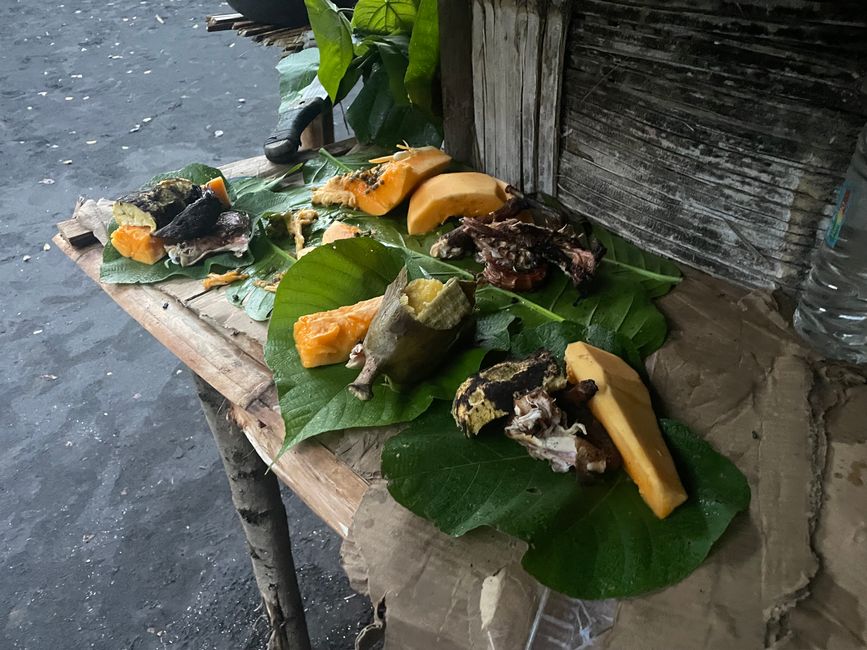
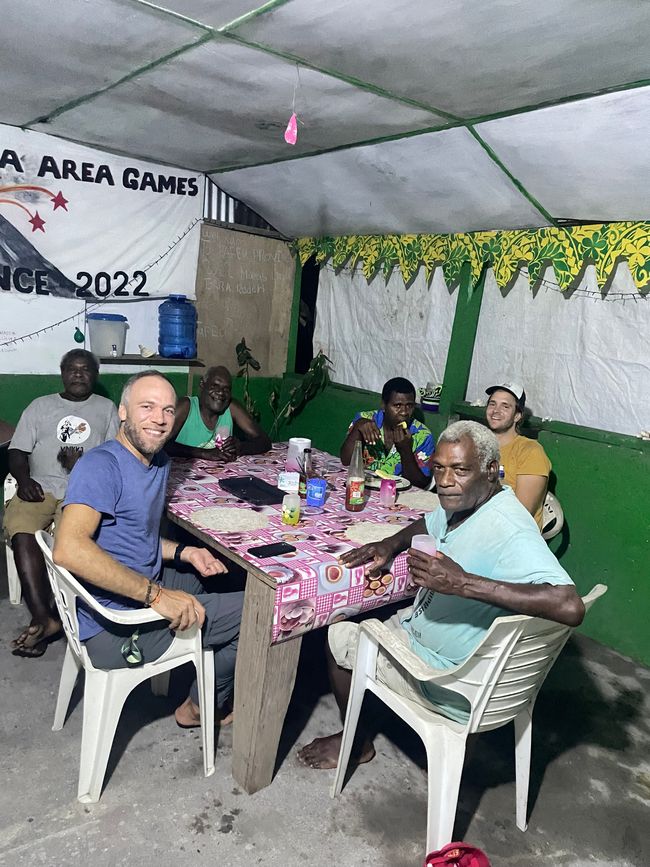
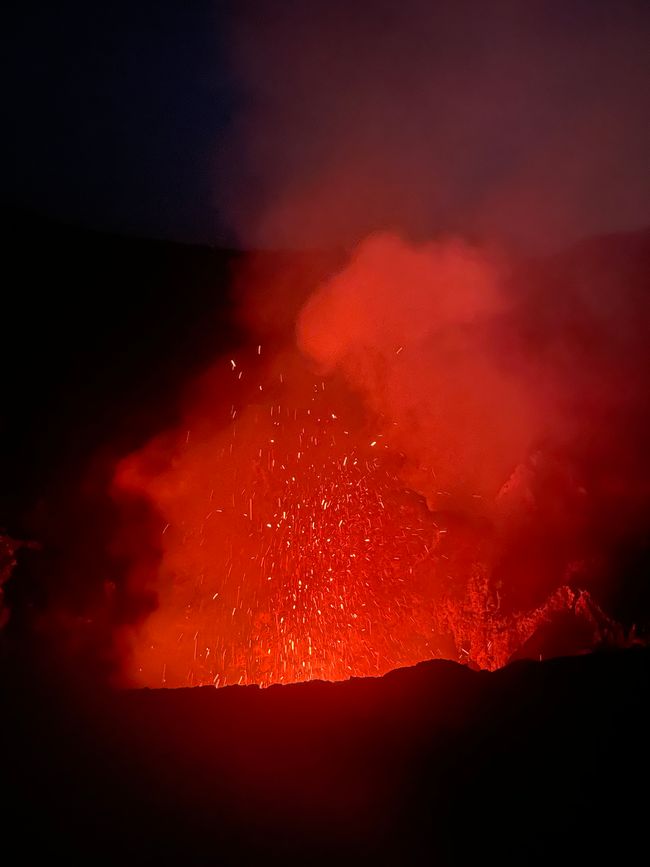
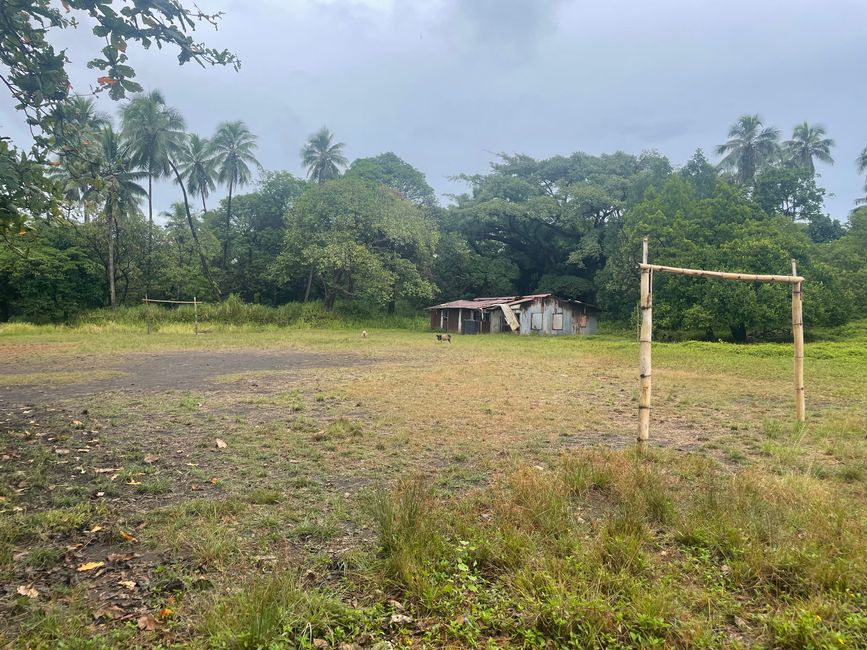
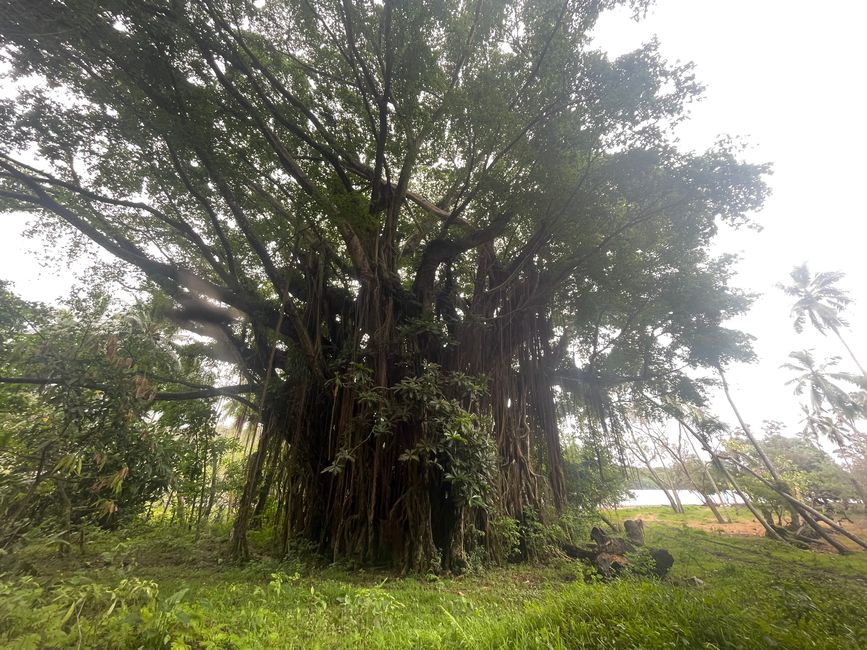
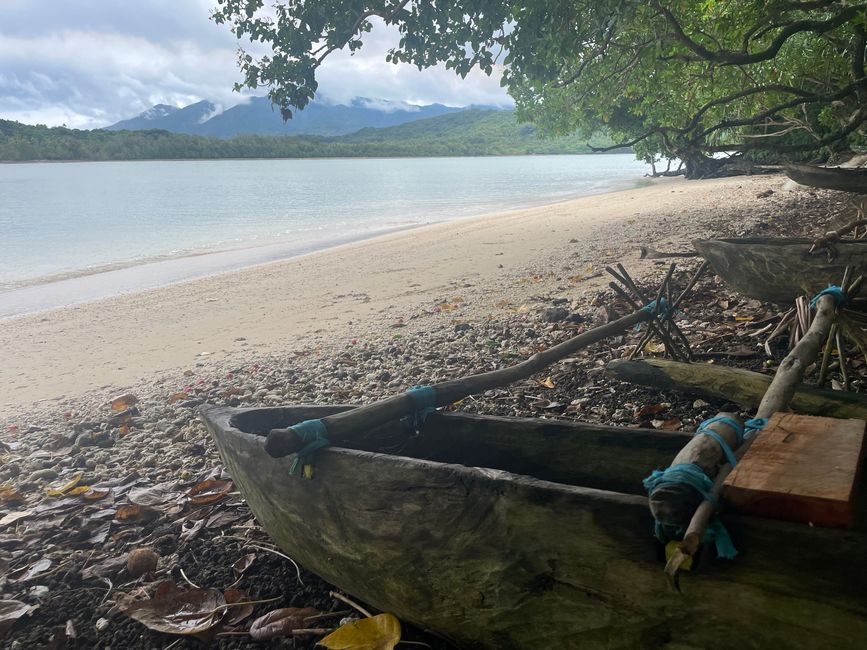
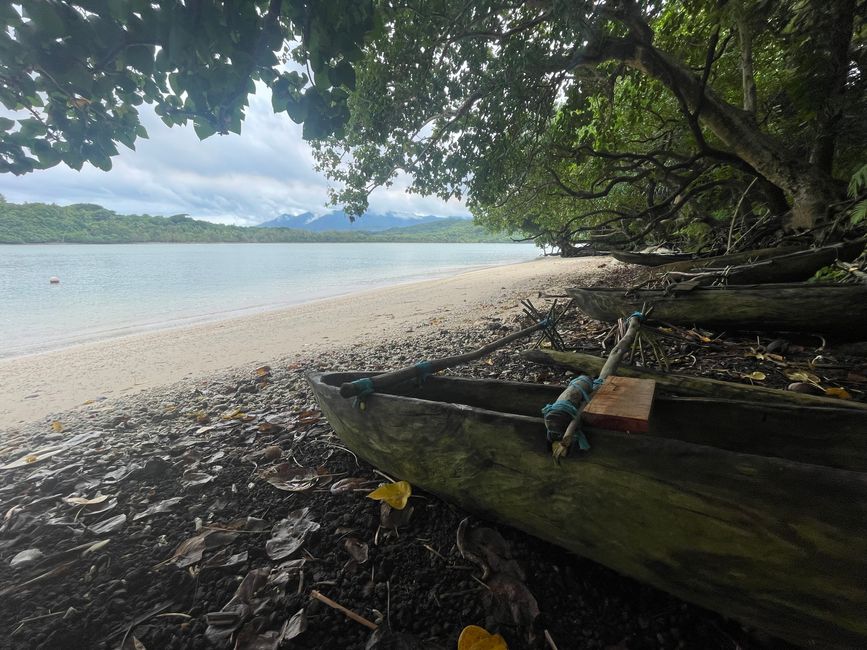
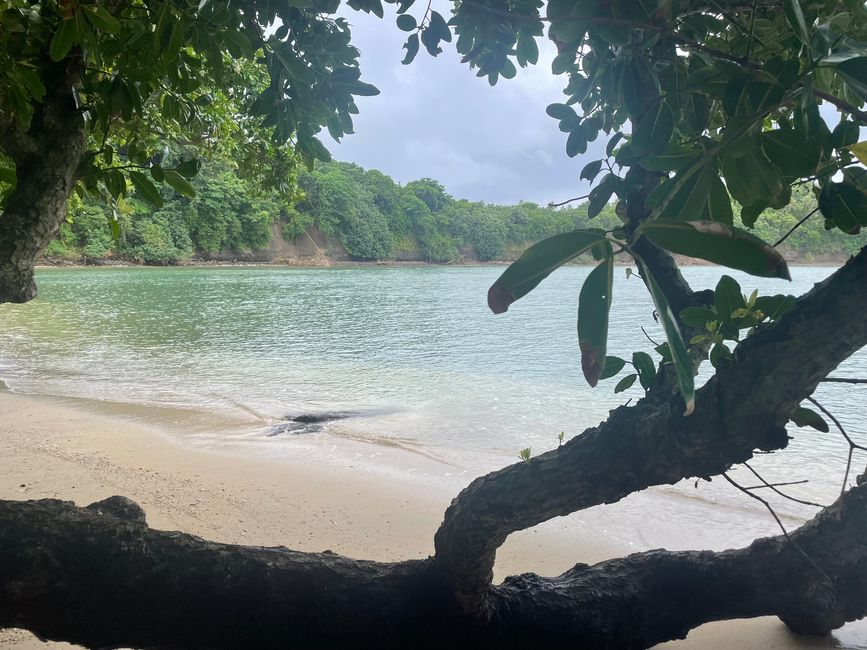
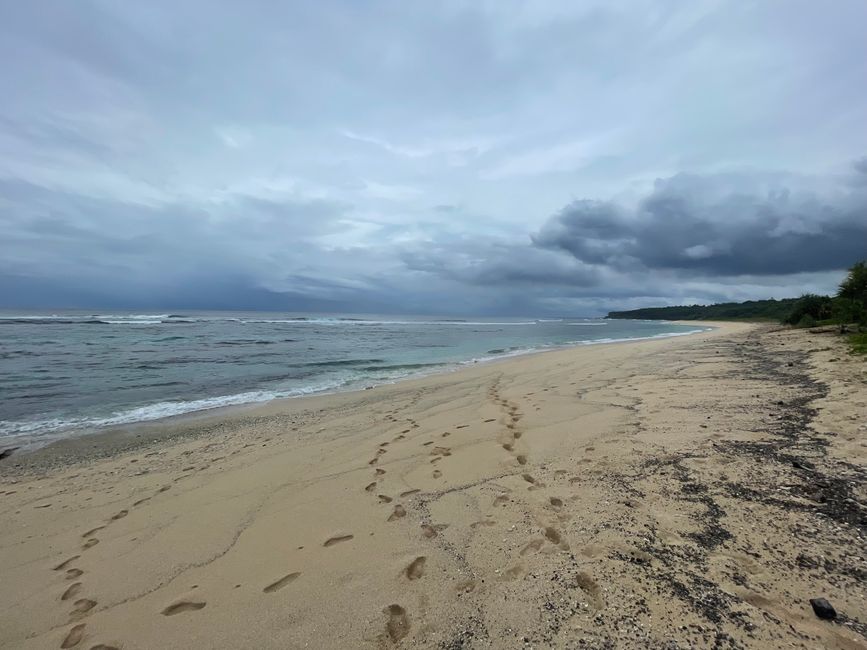
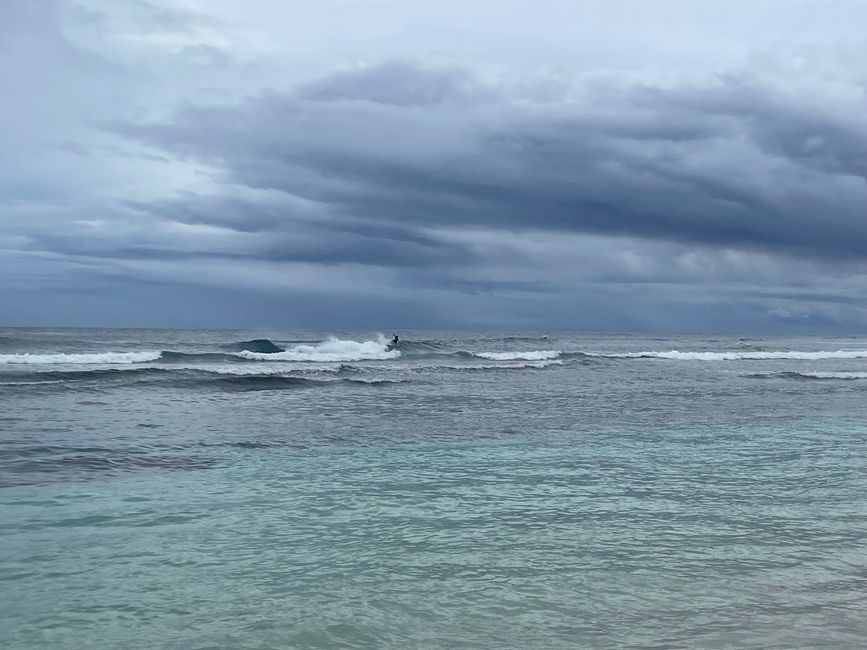
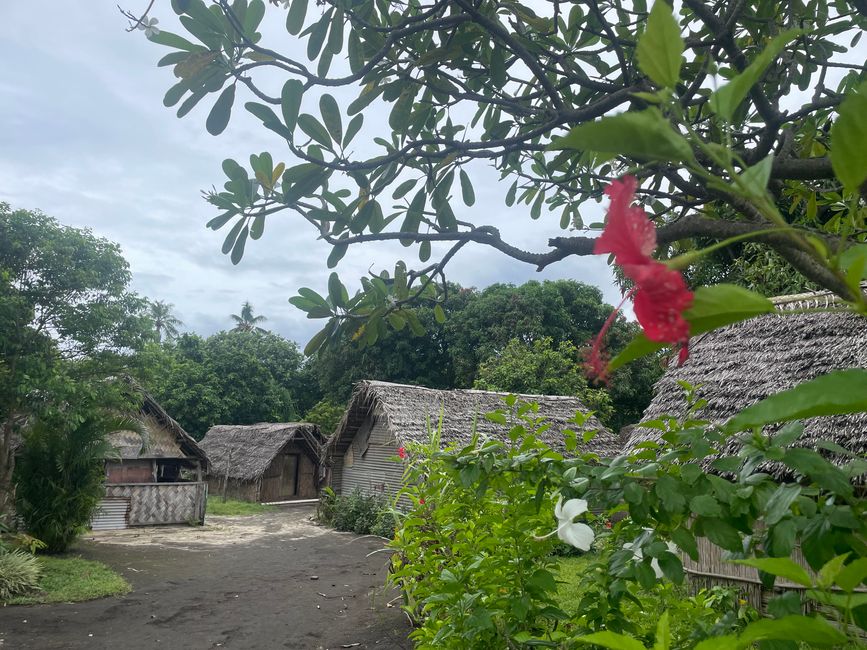
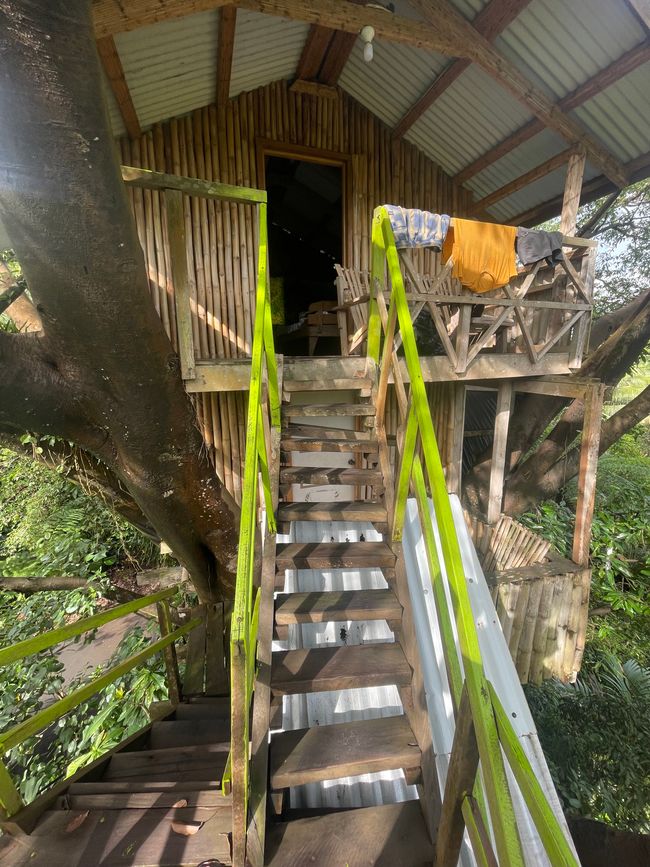
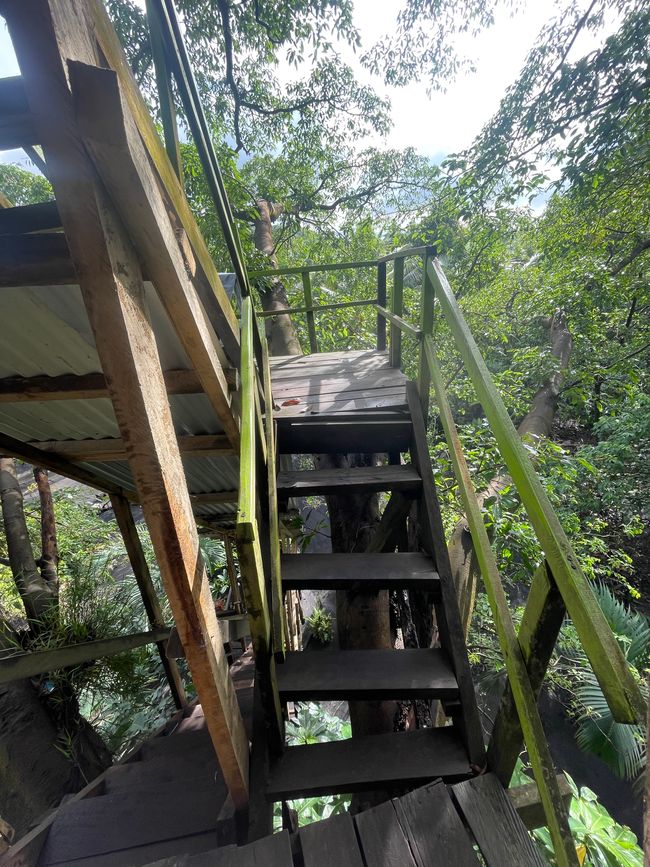
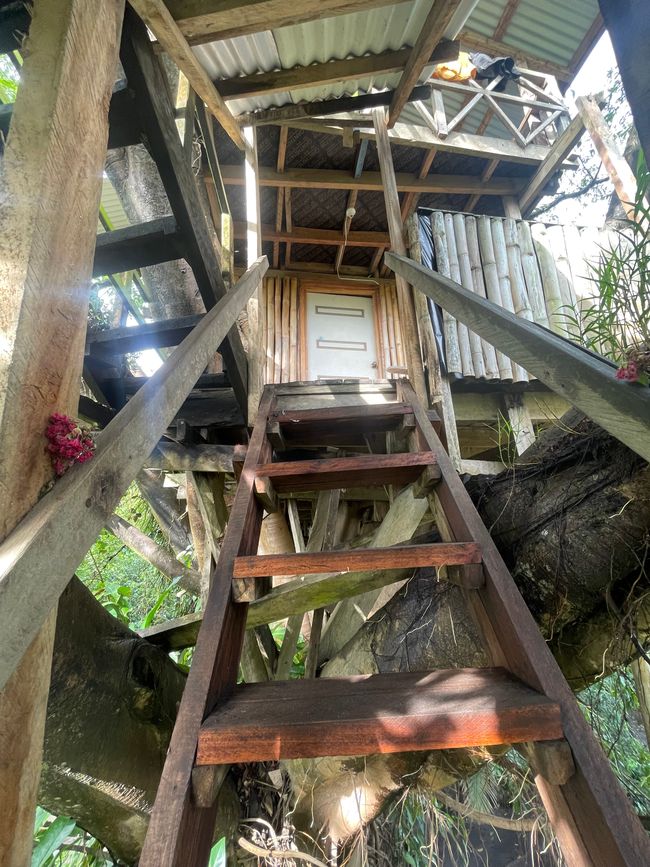
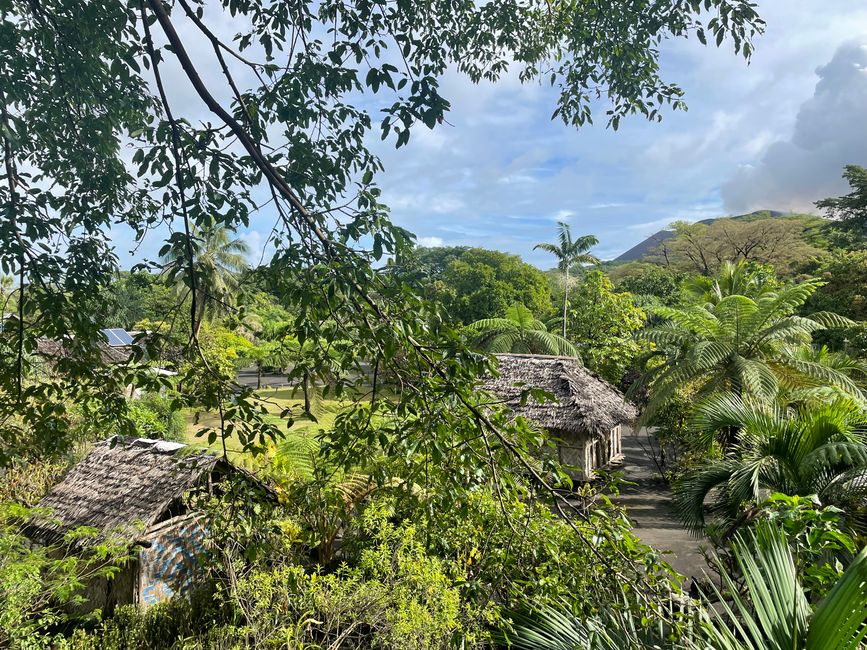
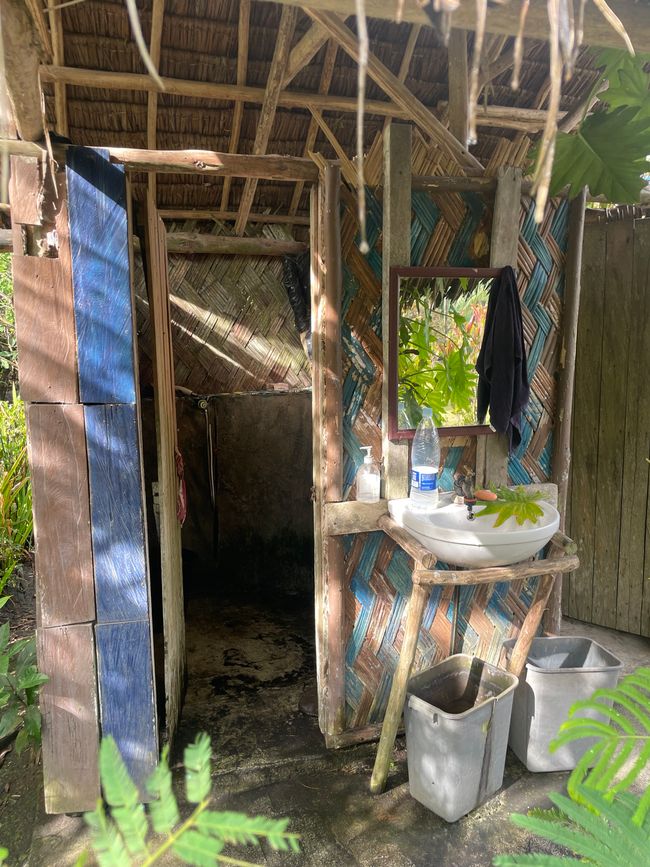
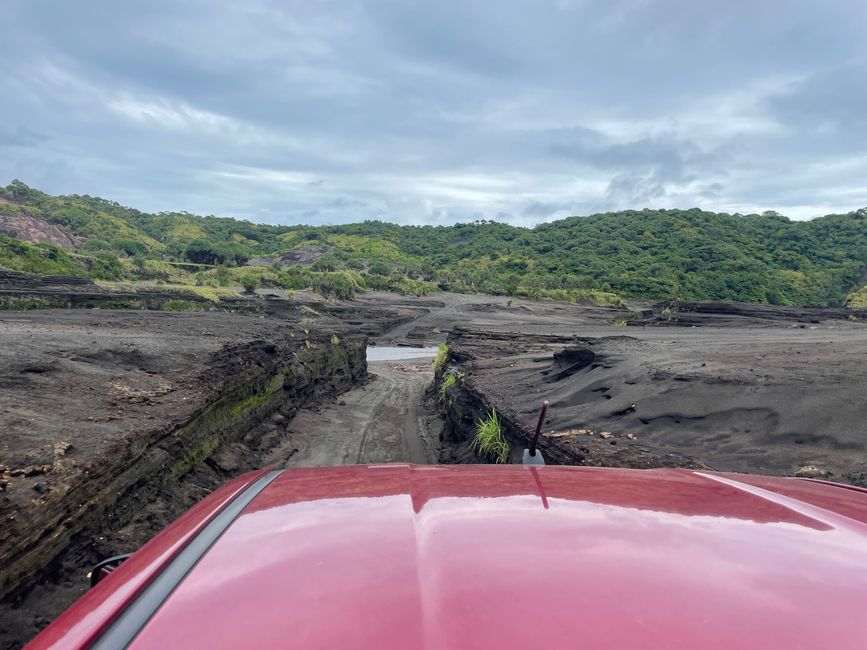
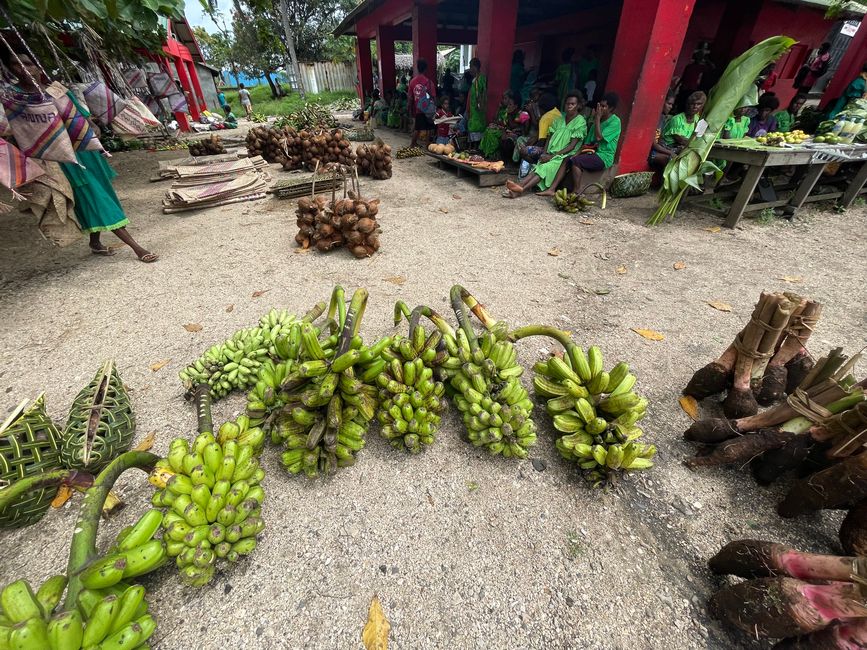
न्यूजलेटर के सब्सक्राइब करू
I flew over the Fiji Islands to Vanuatu, a small island nation consisting of 83 islands in the middle of the Pacific Ocean. In the past, Vanuatu was a colony shared by France and England. As a result, people who were able to attend school often speak 4 languages: English, French, a common language called Bislama, and the language of their tribe, of which there are around 110 different ones in Vanuatu. These people are extremely gifted in languages, and I admire and respect them. But the people in this small island nation are not just linguistically talented, they are also said to be among the happiest in the world. According to their own statements, their happiness is closely related to their national drink called Kava, which has an extremely relaxing effect and a peaceful effect on the mind. I will go into more detail about this drink later. The people of Vanuatu differ somewhat in appearance from the indigenous people of other Pacific islands. It is believed that their ancestry is more African in nature, while the indigenous people of the other islands are more Polynesian in descent, like the Maori, for example.
On Mathieu's recommendation, I signed up for Couchsurfing and looked for a host in Port Vila, the capital of Vanuatu, where I could spend the first two nights. And I was indeed allowed to stay with Didier, a Canadian lawyer who had seen quite a bit of the world, worked in the somewhat dirty banking business, and had now found his home in Vanuatu. He lived a little outside in a wealthier neighborhood and was currently house-sitting for a Belgian family whose wife is a colleague and is currently on vacation. His greeting and general demeanor were emotionally somewhat cold and grumpy. He was invited to a BBQ that evening and took me there directly. There my insecurity of not belonging disappeared, as he was grumpy with everyone. The guests of the BBQ were so multicultural that it couldn't be more multicultural. The hosts were from Brazil and France, there were Americans, a Portuguese, a Chinese, a Frenchwoman, a Ni-Vanuatuan, Didier and me. It was a very social gathering and I was glad to have such a good start in Vanuatu, even though I had probably ended up in a bubble of the more affluent. The next day we went on a trip to a small island called Hideaway Island with friends of Didier. It became known mainly for its underwater mailbox and the small surrounding coral reef, which I enjoyed snorkeling for hours. In the evening, we met again with friends of Didier in a Kava bar and later went out for a small meal.
After the 2 nights in Port Vila, my journey took me to Tanna, an island south of Efate, the main island. It got its name from the navigator Captain Cook, who, upon his arrival, encountered locals and enquired about the name of the island. As they still had their problems with English at the time, he pointed to the sand and repeated his question. The inhabitants then named the sand Tanna in their own language, and the name was born. Tanna is home to one of the most active volcanoes in the world. And the sensation is not only that it is active, but that you can climb it, look into the crater from up close, and watch it boil. But first, the search for accommodation and the transfer to the volcano were in the foreground. Since I had already received some tips and hints from Solveig, a Frenchwoman and friend of Didier, I tried to follow them. So I called various numbers, compared prices on the internet, met a woman at the airport in Tanna who offered me accommodation, and in the end, I was completely confused by all the different price information. And the worst thing for me in these countries is always this lack of transparency, this huge variability of the sums, and this feeling of being ripped off. I should really let go of this and just put this stupid money in the background, but it's not that easy. Also because here, despite the underdevelopment compared to Western standards, it is quite expensive. And as I found out in the end, my efforts and worries were not entirely in vain, as I paid only half or less compared to the others, which quickly added up to over 100 euros for accommodation and transportation for 4 days.
I finally arrived in a small village right at the foot of the volcano. My accommodation was a treehouse for those without fear of heights. About 20m above the ground, with a small balcony and a direct view of Mt. Yasur, the boiling volcano. At first glance, the little house didn't seem quite level and didn't quite meet German certification standards. But after my first ascent, it received the seal of "excellent," even if it may not have fully met German TÜV criteria. Shortly after arriving, I set off for the volcano, which was about a 1-hour walk away. When I paid the admission fee, the cashier was somewhat annoyed that I wanted to walk, as most people are chauffeured up by car. It is also recommended to join a guided tour. But I was lucky, as a tour started just before me and I was supposed to follow them on the volcano. Since the paths here are washed out by rain and are adventurous for cars, the pickups can only drive at a moderate pace, which meant that I reached the crater edge of the volcano at almost the same time as the group. On the last few meters, a woman came towards me, her fear not allowing her to continue. Sarah, a guide, accompanied her and intercepted me. We had a nice conversation and walked along the crater edge towards the group when we both suddenly flinched. There was a mighty thunderclap, lava erupted not far from us, and a blast wave gave us a gentle jolt. Incredible! I then asked her for some details. The last major eruption, where the surrounding villages were evacuated, was in 2008. The lava, the liquid rock, is 5000 degrees hot. The volcano currently has 3 small craters from which it erupts. But the structure changes regularly, and 3 years ago there was a deeper insight.
And there we stood, in another world, completely captivated, constantly waiting for small eruptions with lava fountains, which one of the 3 craters spewed into the air. Like New Year's Eve, only that you stared in awe and respect at this natural spectacle, as if paralyzed. But not everyone was fascinated by the volcano. The first ones asked when we would go back before the sun disappeared. I became restless because I really wanted to experience the spectacle in absolute darkness. I asked Sarah if I could stay longer, but she said that we had to go back as a group. But when the group was already further ahead and I kept letting her know about my fascination, she kindly let me stay behind. She also pointed to another side of the volcano, where I should take another look, but I should be careful of ash and smoke. And indeed, there was a better view of the volcano from this spot, and I admired many more small explosions. But the ash rain and smoke at this spot made it a little uncomfortable, and by now, my phone battery had shrunk to 3 percent, which was supposed to be my only source of light for the way back home. So I set off for home, and my light actually reached directly to the entrance of the house when my phone shut off.
And so I spent the first night in the treehouse, where I could hear the volcano erupting like a rumbling thunderstorm, and stronger eruptions even slightly shaking the tree and the little house.
The next morning, I was enjoying the hustle and bustle of the children, chickens, and piglets below me on my balcony when suddenly Robert, the manager, called me up and asked if I wanted to take a walk to the cannibal village. I quickly checked my appetite and agreed. About 100 years ago, people here actually ate other people. And not for religious reasons, but simply because the different tribes were not on good terms and the people were hungry. So we set off, and Robert, who is about 40 years old, told us that as a child, his parents had told him not to wander too far from home because there were cannibals. So the information age had not yet progressed so far that every village was informed that this chapter on this island belonged to the past. Then Robert half-jokingly asked us if we had any heart problems and sent us ahead as a group of 5. Suddenly, bushes around us came to life, and 4 men, dressed in straw skirts and holding clubs, rushed towards us screaming. Second successful shock moment after the volcano eruption within 24 hours. That was supposed to be a little demonstration of what life was like back then when people left their village and crossed the borders of another village. Next, he told us about the guards who guarded the borders. A few steps further, another bush suddenly came to life about 3 meters away from us, and a child ran away from us screaming (symbolizing a guard), and a few seconds later, the men armed with clubs and spears came towards us again. It was a kind of interactive theater that, in my eyes, was really well done and impressed me more than, for example, a visit to a traditional village later in the day, where a few people put on old clothes and lazily performed some dances for the 100th time (Maybe I wouldn't feel any different in their place if snooty pale faces armed with cameras came by regularly and thought they were in the zoo). They also acted out an accident and showed how injured people were transported through the jungle with leaves simply stacked on top of each other, how they still set traps for wild boars today, which symbolizes peace, and how conversations with the chief of the village take place, how human flesh was prepared in bamboo, how fire is ignited without matches and lighters, and for goodbye, they sang a song combined by Robert. All in all, it was really very informative, entertaining, and impressive.
In the evening, just as I was about to leave for the volcano for the second time, Robert called me over and said that the weather and therefore the view were not so great that day, I should go another day and join him for Kava drinking this evening instead. I obediently followed his instructions. Kava is a plant whose root has been processed into a drink by the indigenous people here for over 4000 years and is consumed from a coconut shell. All the men that evening were totally euphoric and excited like little children about their Kava. They raved about how it relaxes you and how it makes you more cooperative and loving, and how feelings like anger and fear disappear. I wonder if the cannibalistic tribes rejected Kava? Well, in any case, the preparation was then impressively demonstrated to me. First, the roots were roughly peeled and cleaned with a knife, and children (boys) then cleaned the roots again with coconut husk. And if you have a sensitive stomach or a low threshold for disgust, you should skip the next lines. Normally, the root is then crushed in a grinder or mortar, but in Tanna, it is crushed, ground, and mashed by the chew tool of the local Kava cooks, or "machine" as they call it. They chew on the roots with a full mouth for about 10 minutes and spit out Kava residues, which slide down their throats easily during the chewing process, with a grunt, until they let the Kava saliva mash slide onto a leaf from their mouth. The pulp is then placed in a hollow of an old plastic potato sack, diluted slightly with water, and the filtered liquid is collected below with a coconut shell. Et voilà, Kava is ready to be consumed. When I first drank Kava on the evening of the BBQ, I disappointed those present, who recorded the drinking together with a video, with my indifferent and less disgusted facial expression. It tastes slightly bitter, spicy, and above all very earthy, which many people struggle with. But strangely enough, I already felt an uneasy feeling in my stomach before drinking it this evening. When it was my turn, I thanked them honestly and tried to control my facial expressions, which had a hard time resisting disgust. So I swallowed the muddy saliva broth in one gulp and managed to control my gag reflex quite well. After that, I drank water directly and ate roasted banana and coconut in the hut. And then I really started to feel good. I was slightly dizzy and felt extremely relaxed. But unlike the others, I still felt like talking, but somehow the gathering quickly dissipated, and the rest of the people who were still there just relaxed. Well, I submitted to the mood of the general public and tried to simply enjoy the moment and the present.
Kava is also used to resolve conflicts. There are initially 3 instances that are responsible for resolving conflicts step by step: the village chief, the pastor, and the police. For example, if there are conflicts between 2 men in the village, they are initially presented to the chief, Kava is drunk together, and the chief makes his judgment. As the people here say, the instances of the pastor and the police are only needed in very few cases because with the help of Kava, the parties usually become so peaceful that they accept and tolerate the judgments. Then there is usually some kind of punishment, where the guilty party has to sacrifice a chicken, pig, or whatever at the next evening Kava ceremony, depending on the severity of the offense. It's something strange, but somehow cool conflict management. I think in our world, people often avoid conflicts, which solidifies them and leads to people taking separate paths and becoming lonely. Isn't an open approach and involving several people a good solution?
All in all, it's somehow a beautiful thought that every evening people gather, exchange ideas, and have a ritual together. This strengthens the sense of community, and as resilience research has shown, stable relationships are one of the most important protective factors for mental health. So I would like to propose the thesis that in our technologically advanced world, people increasingly want to stand out through individualization, which alienates them from one of the most important human needs, namely deeper social relationships or connections. Here, people are materially poor compared to our Western nations, but they are emotionally much richer than most people here. I am grateful to learn from people with completely different cultural backgrounds and to receive inspiration for human interaction.
न्यूजलेटर के सब्सक्राइब करू
उत्तर (2)
apfelhiero
Chapeau, wieder ein sehr amüsanter Bericht! Ich wünsche Dir weiterhin tolle und spannende Impressionen!Sabrina Alicia
Herzlich wie du es erlebst und wirklich beeindruckend 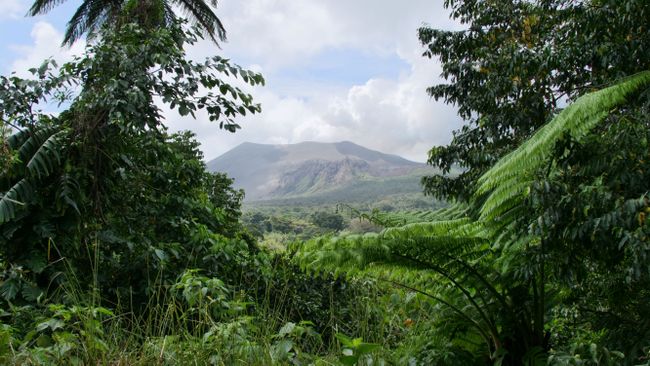
यात्रा रिपोर्ट वानुअतु
